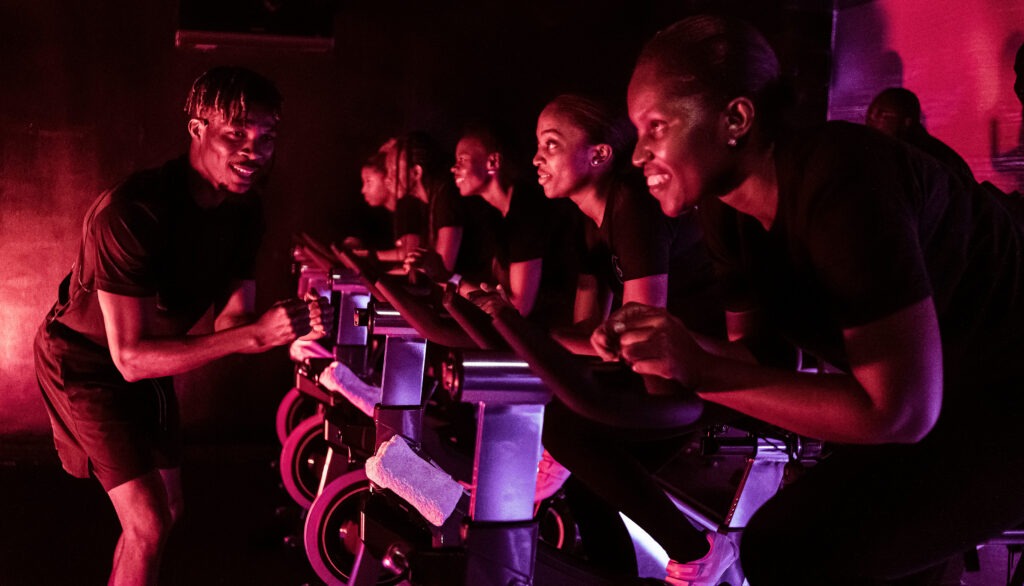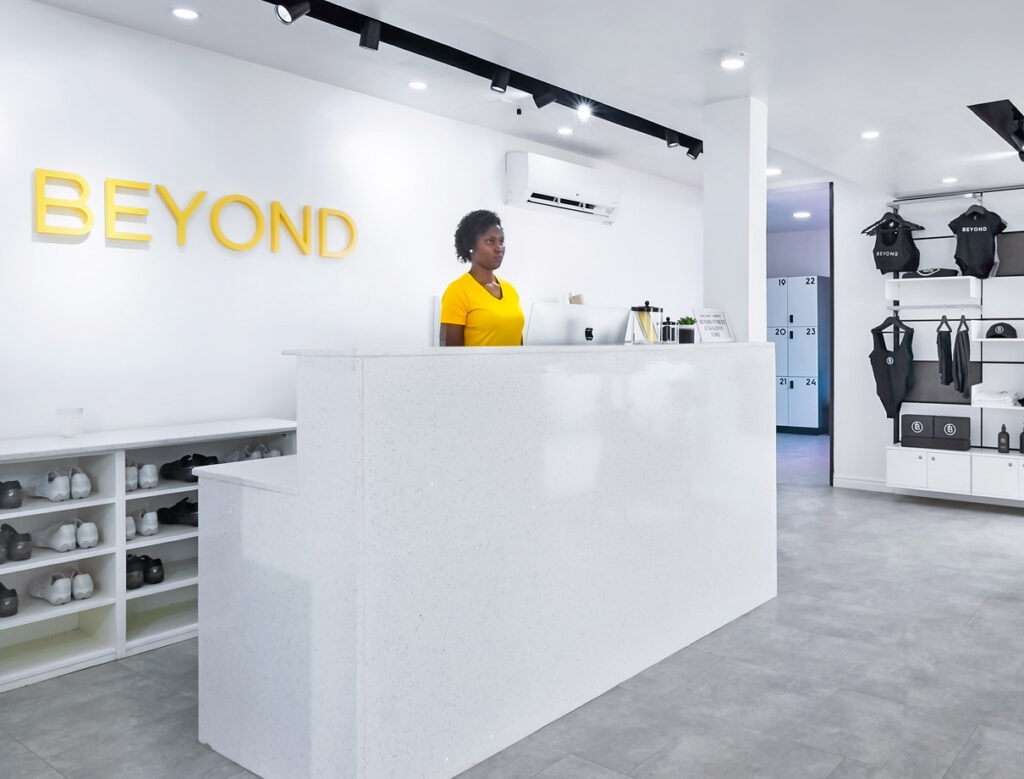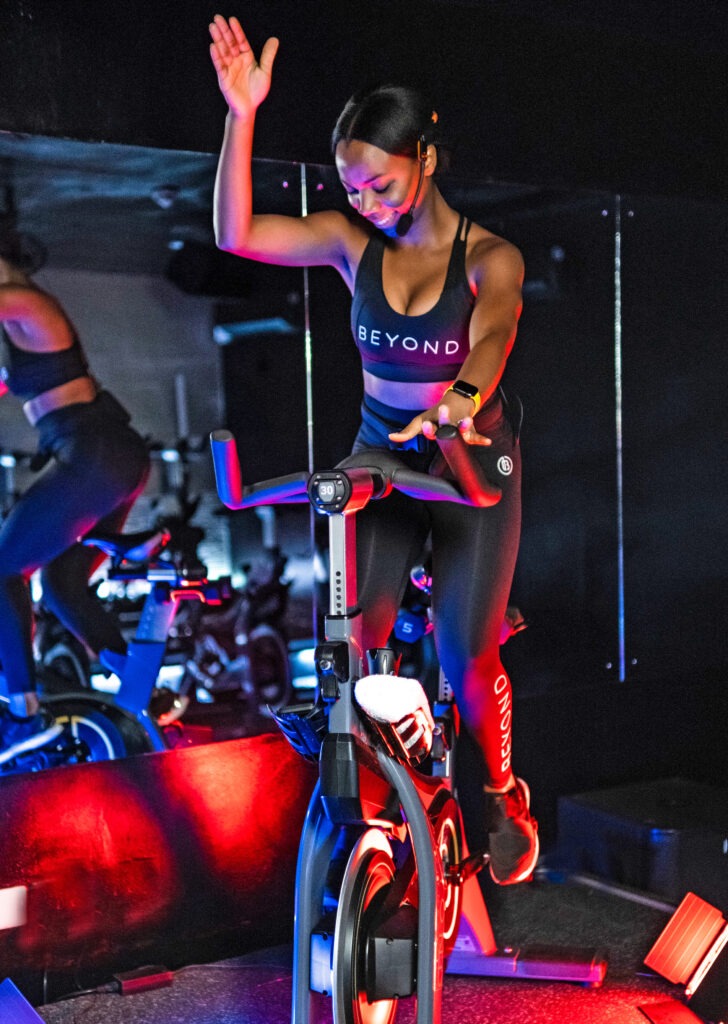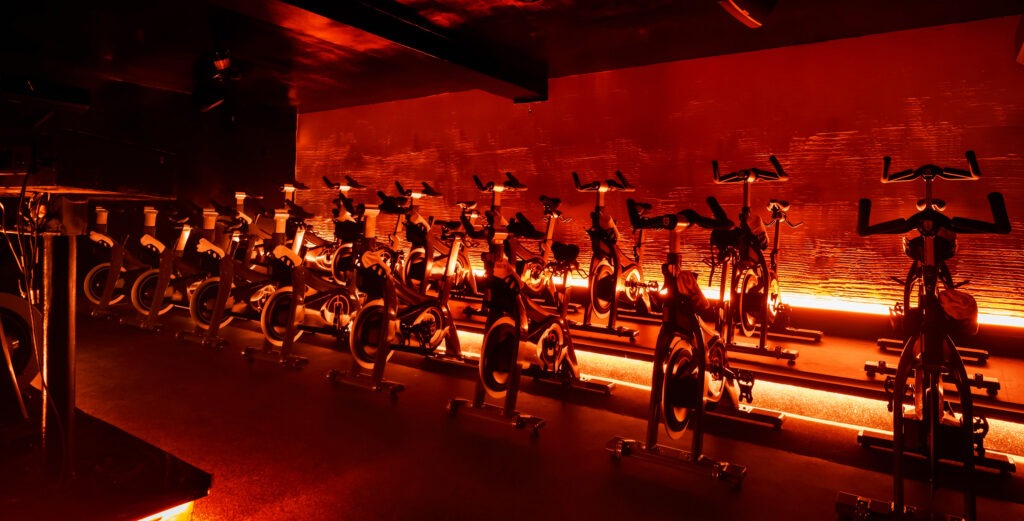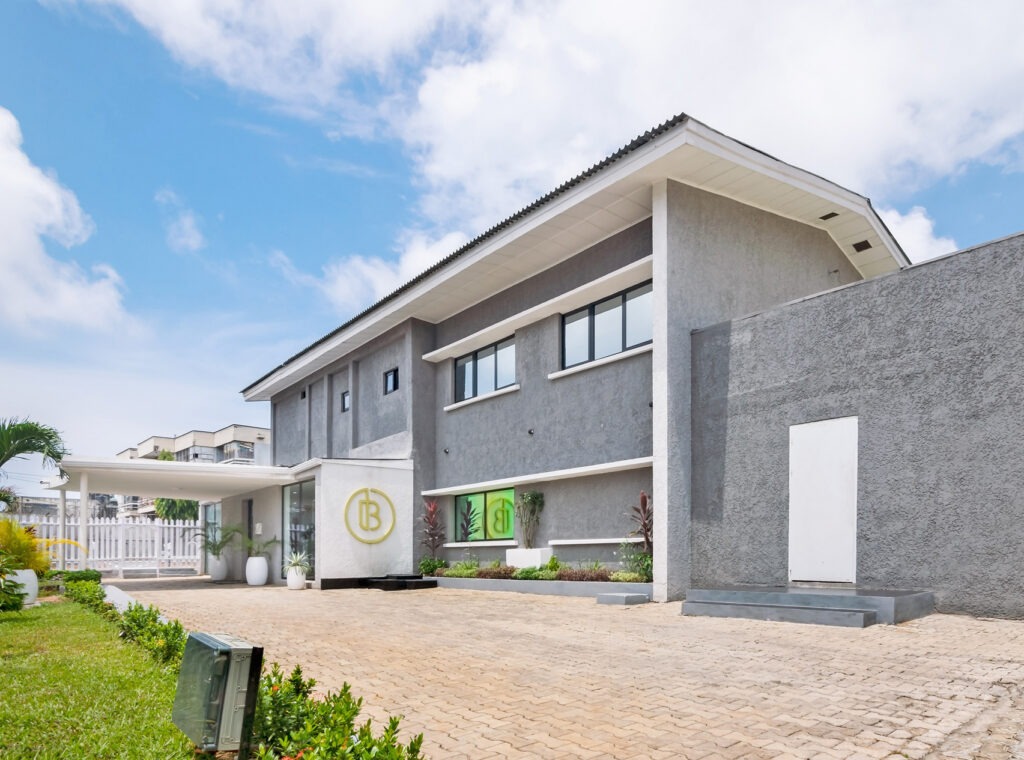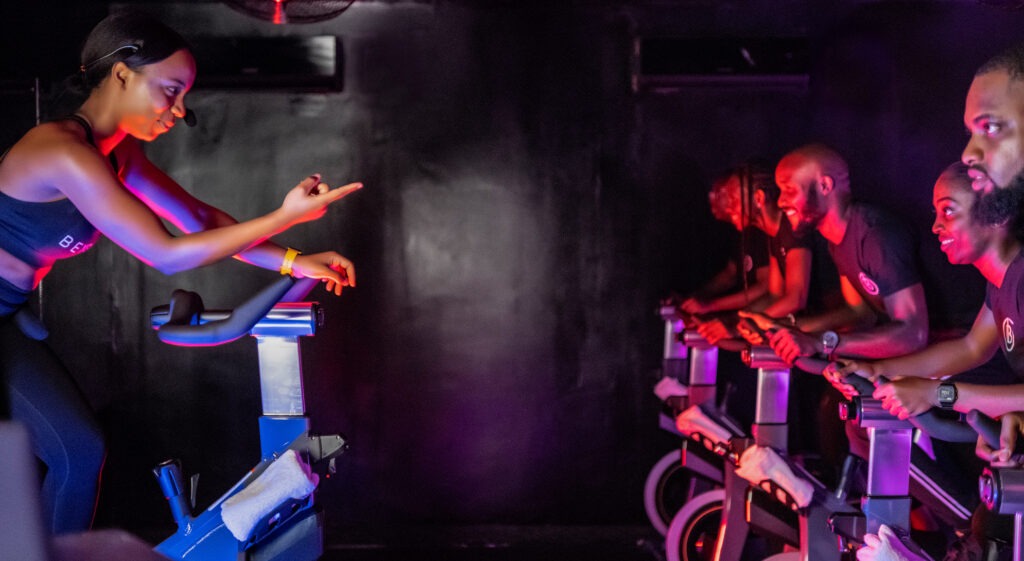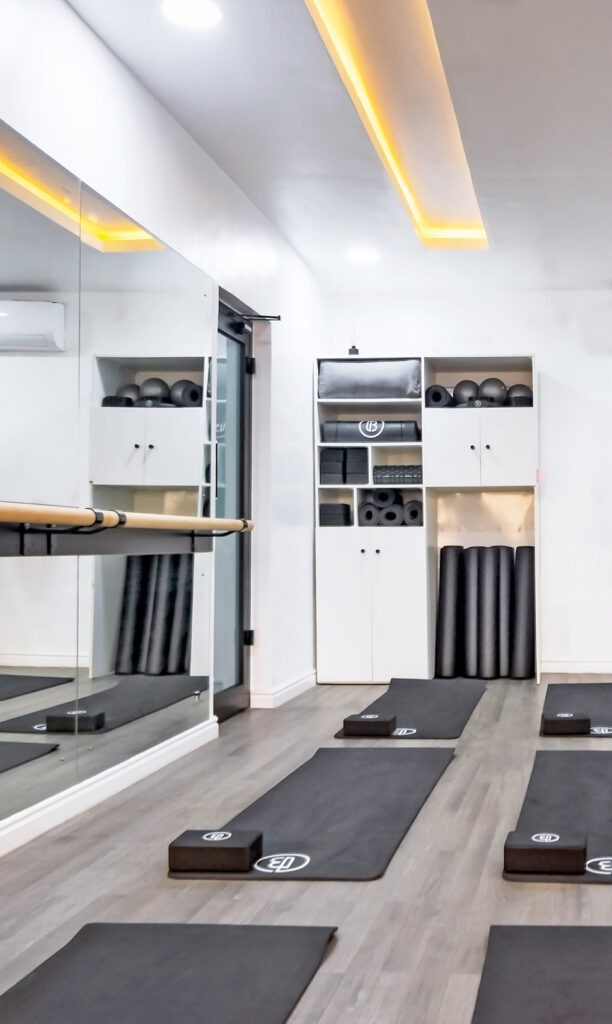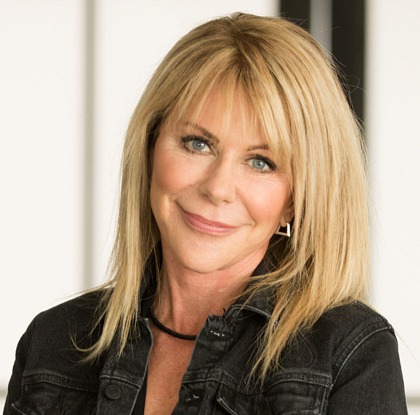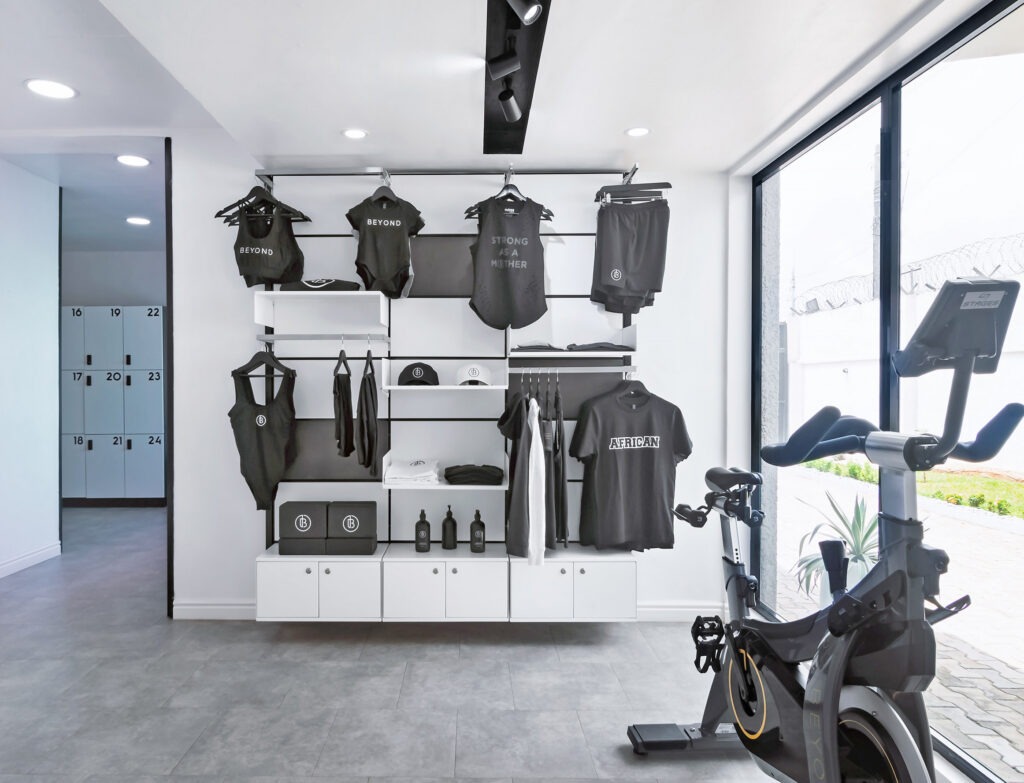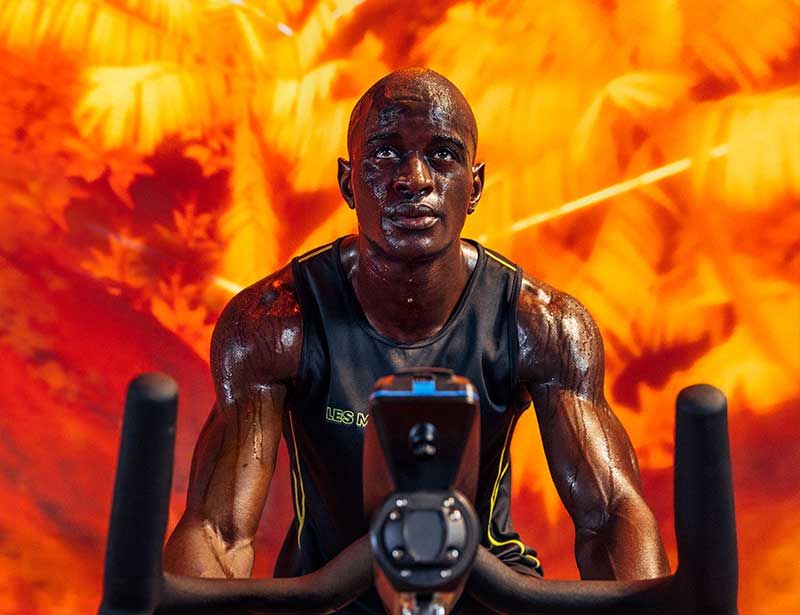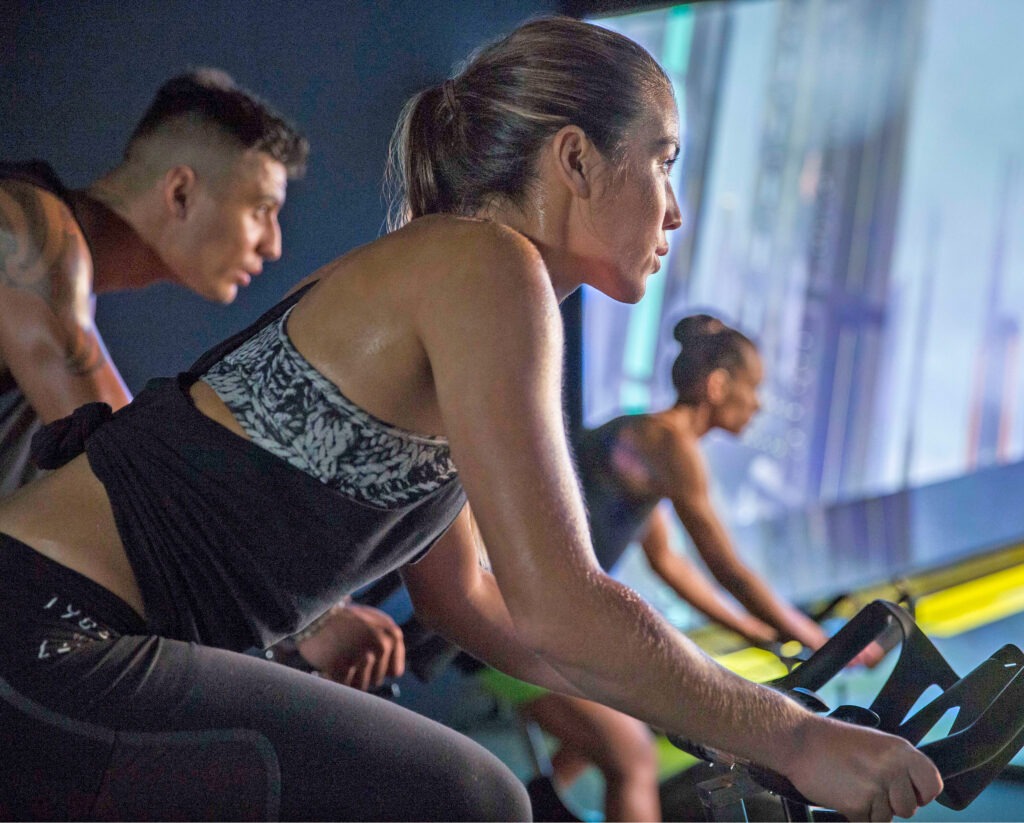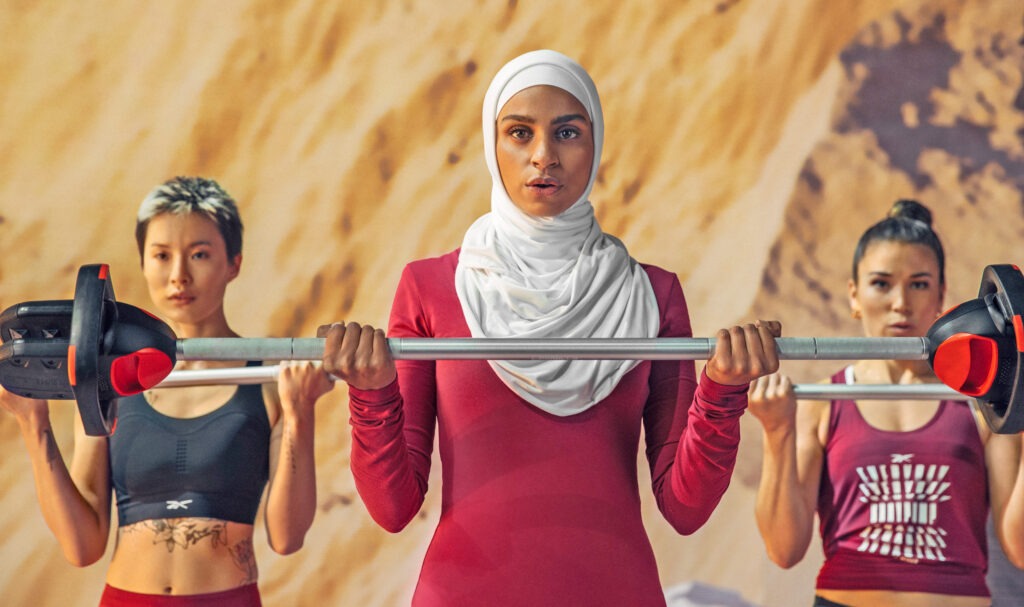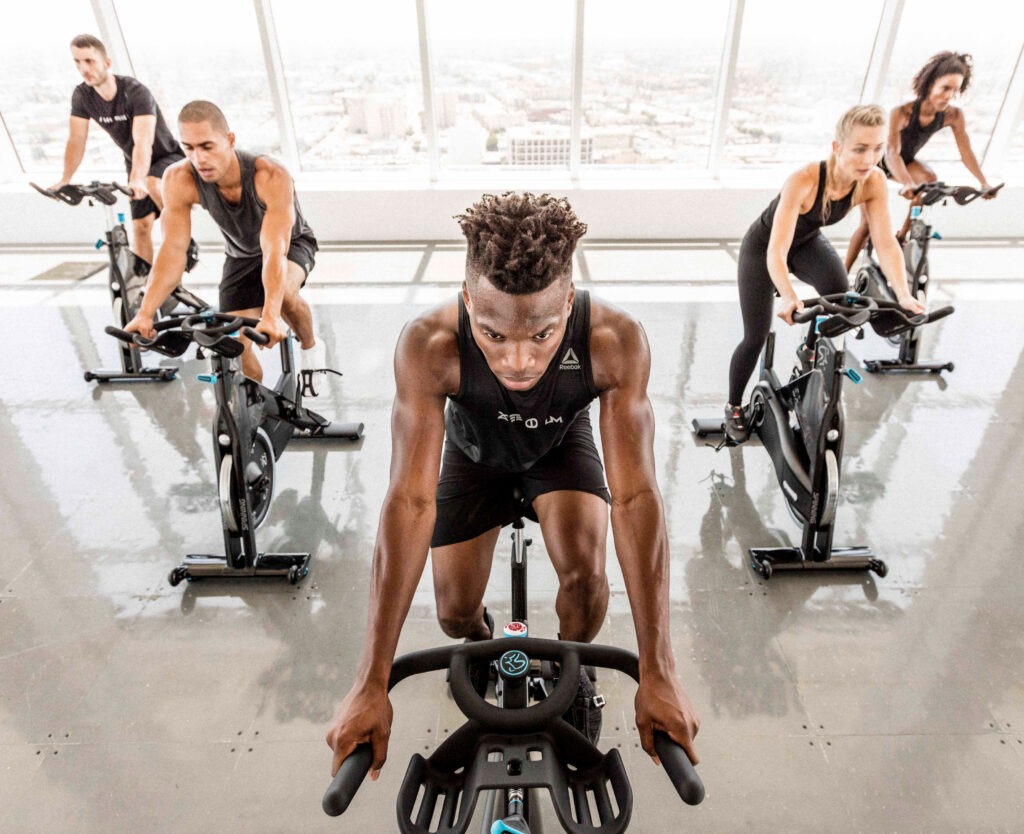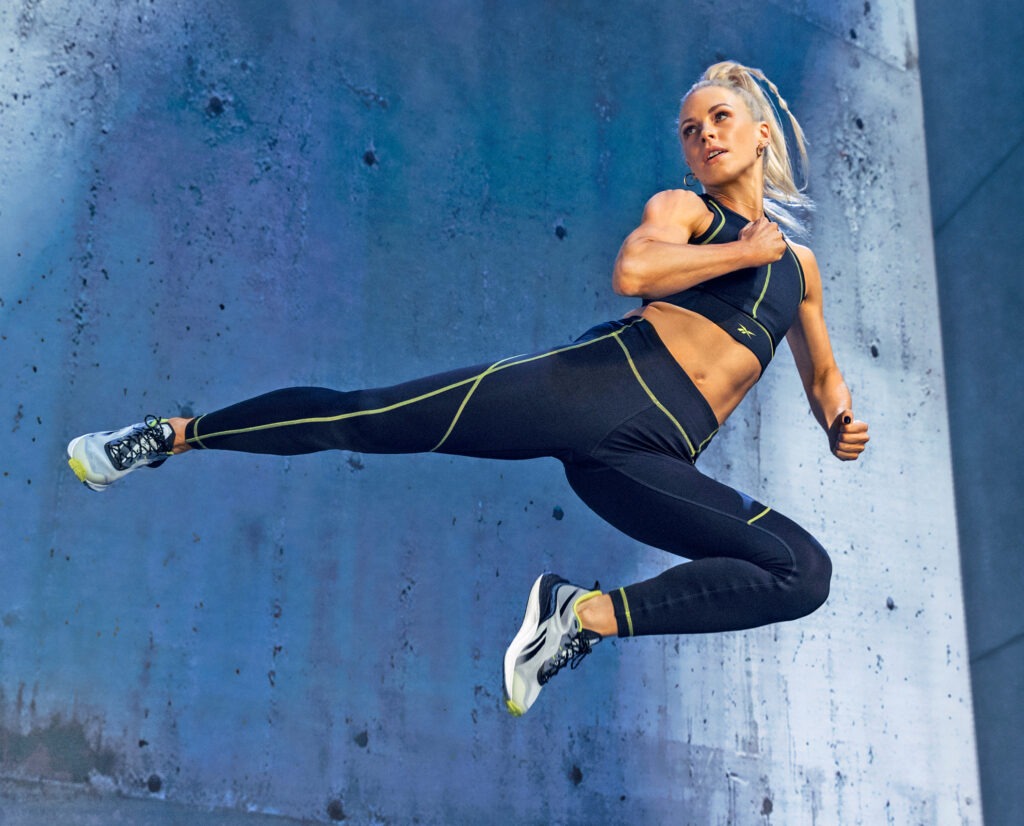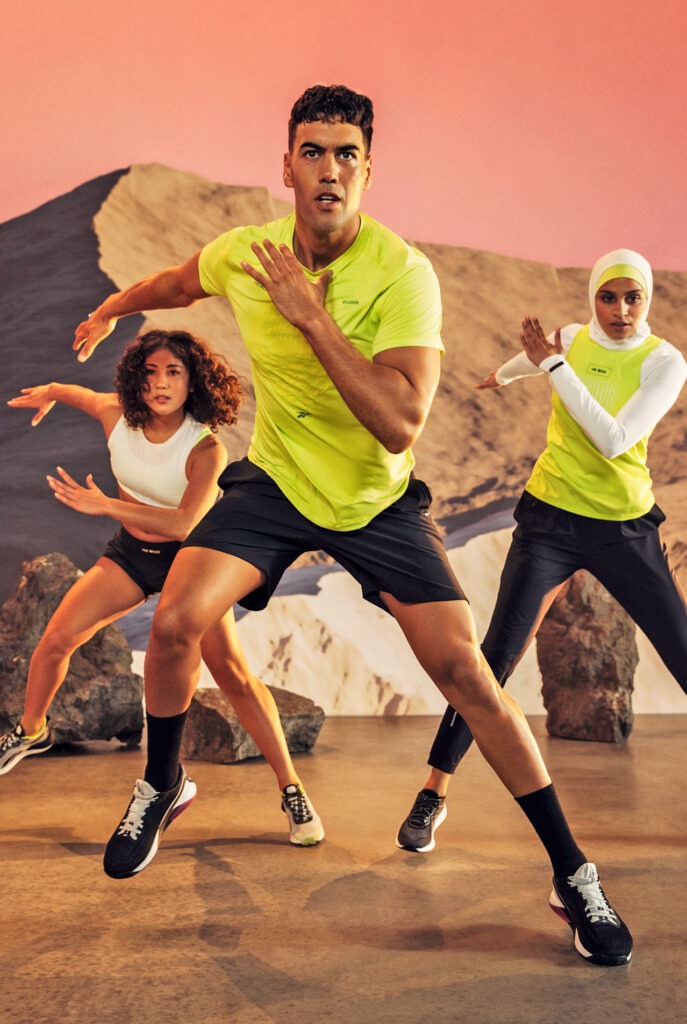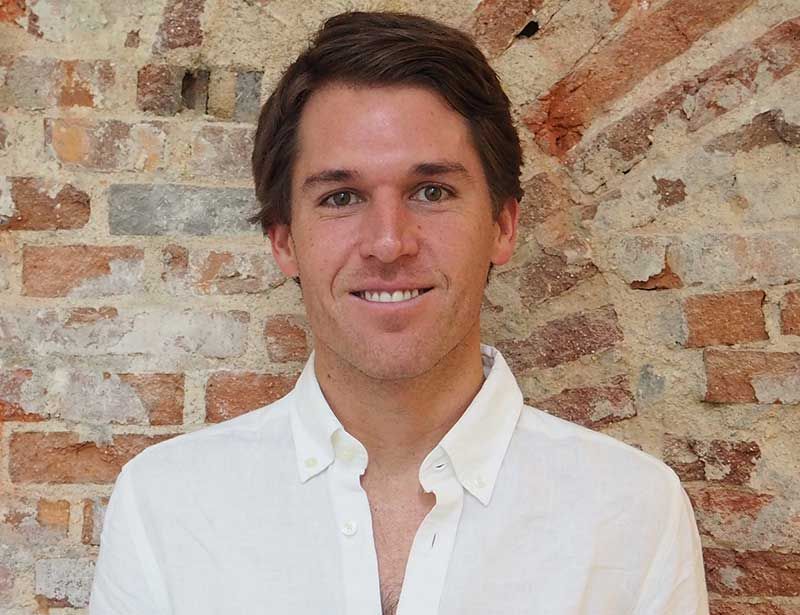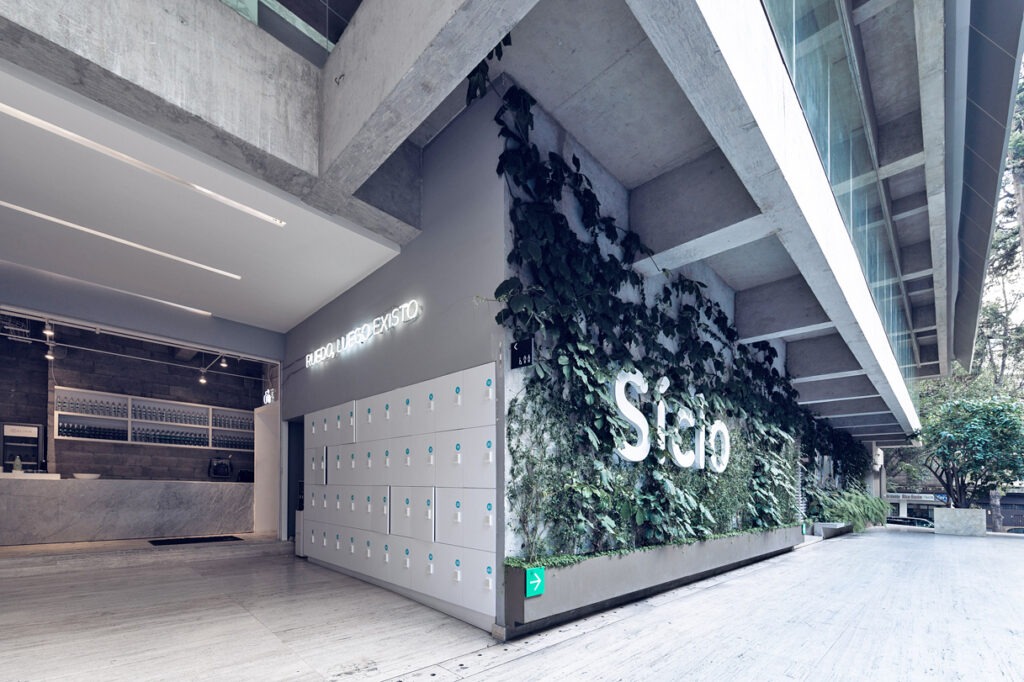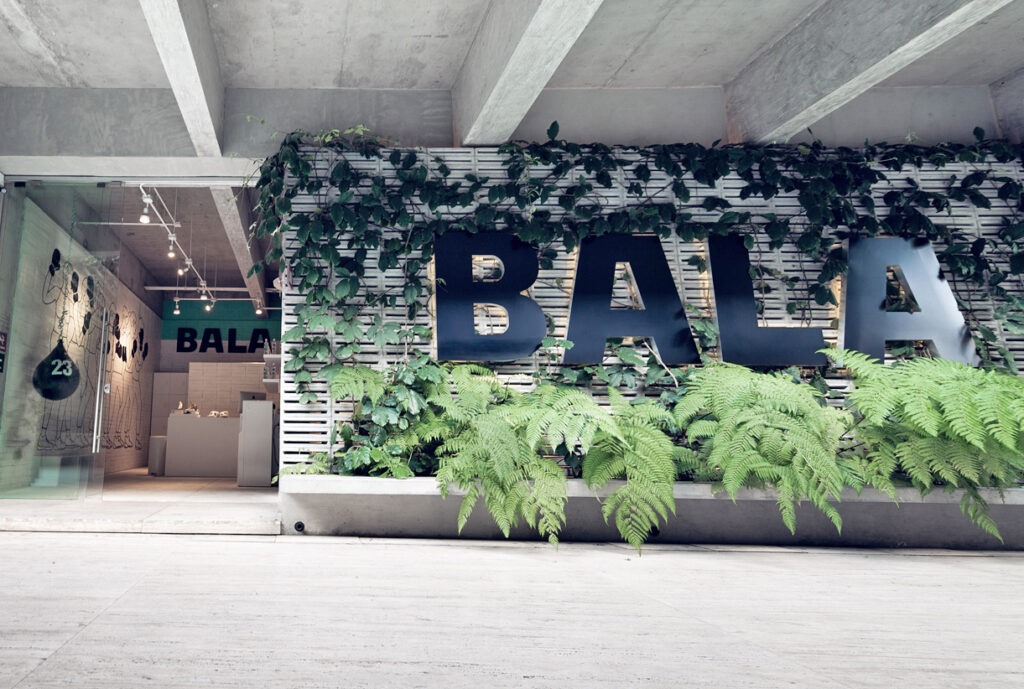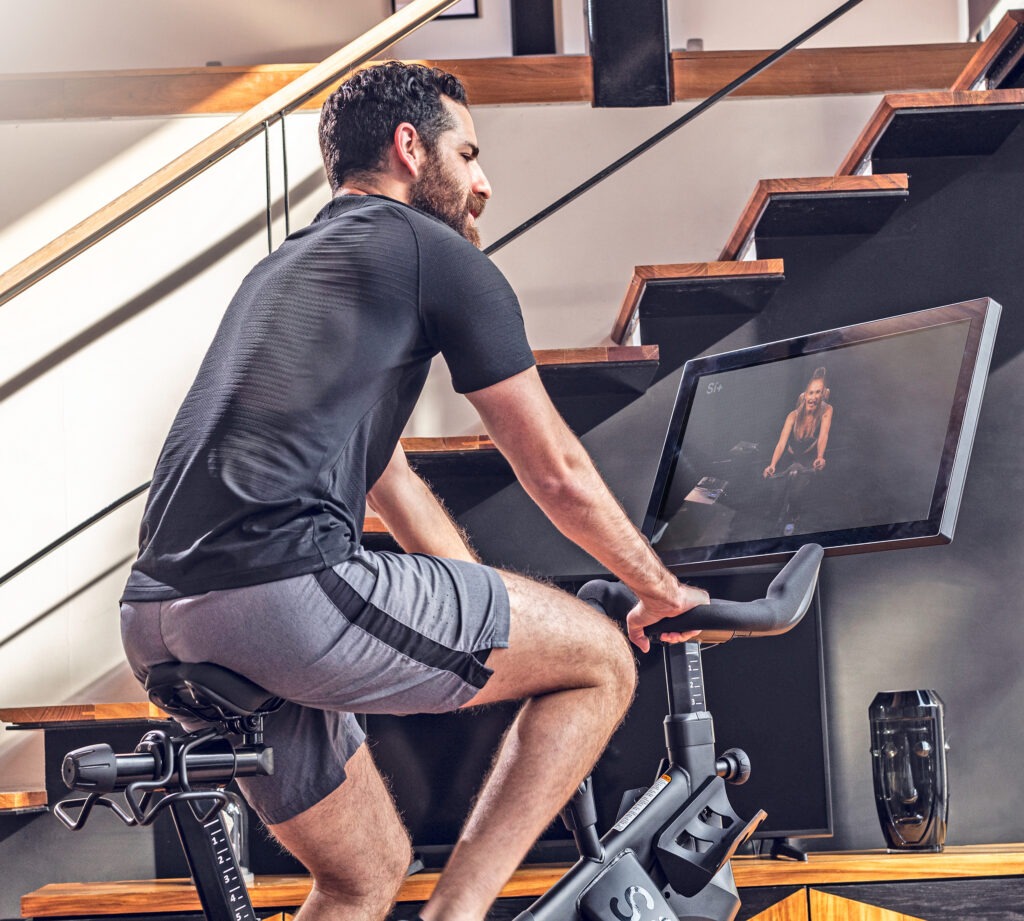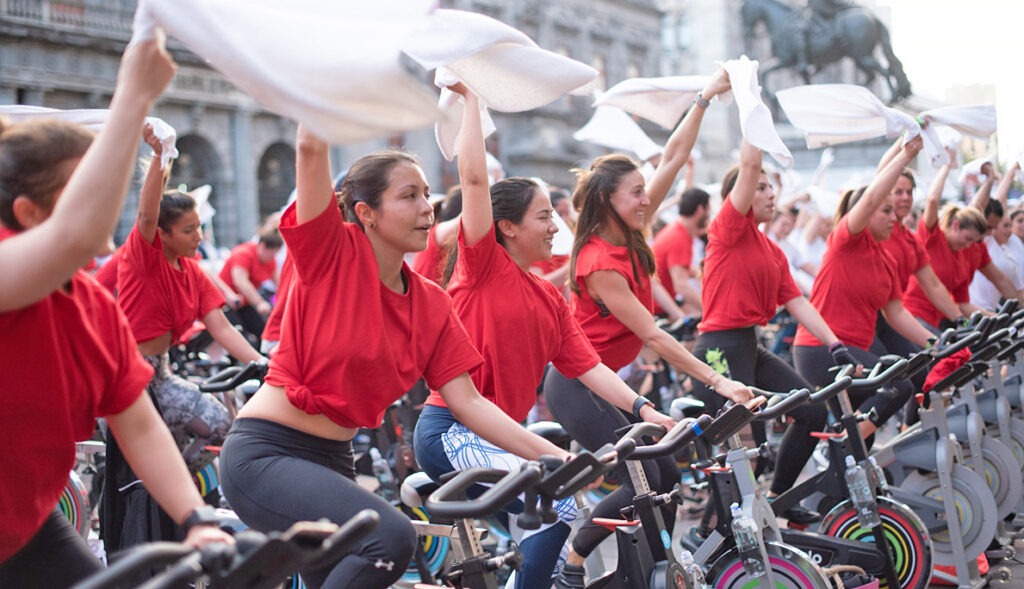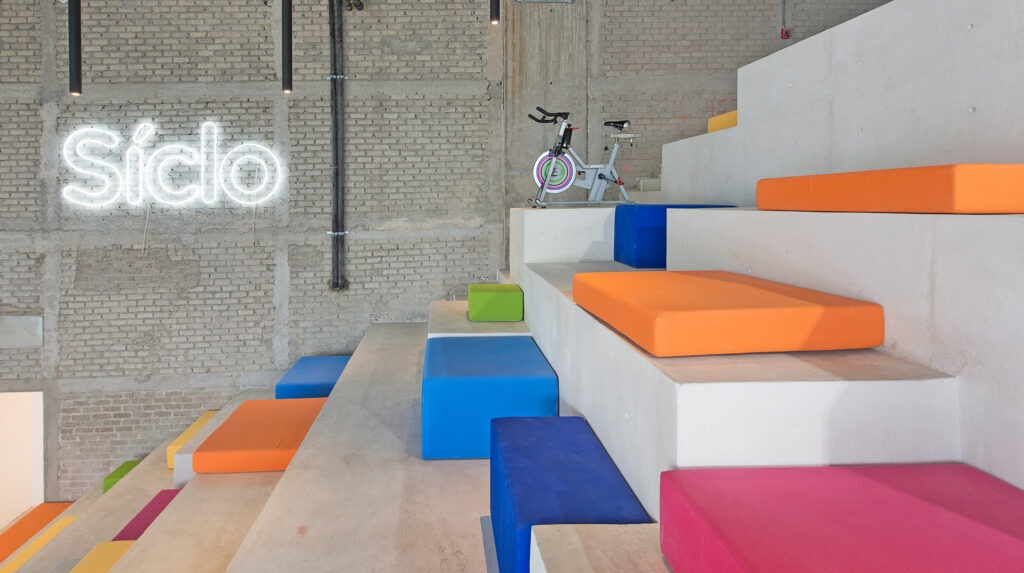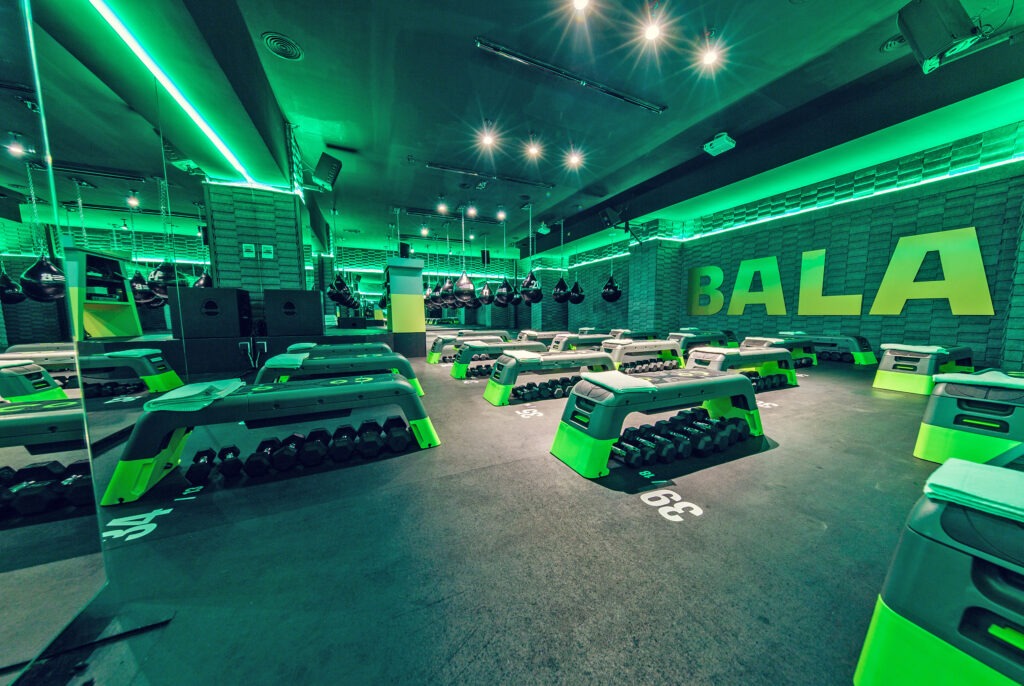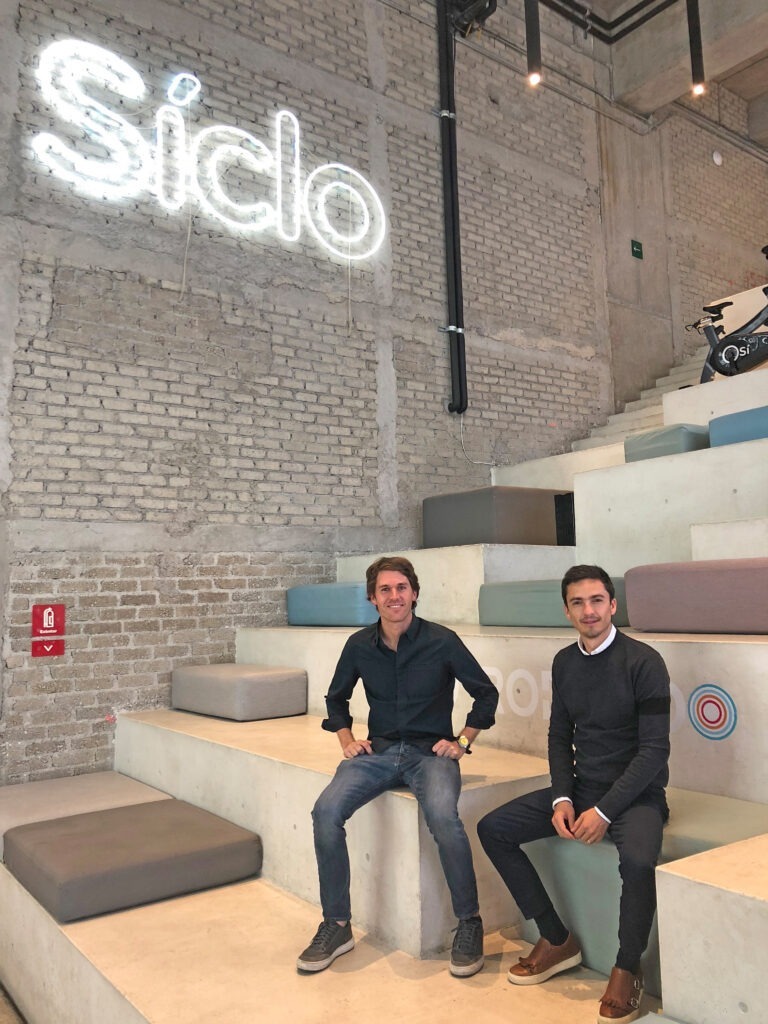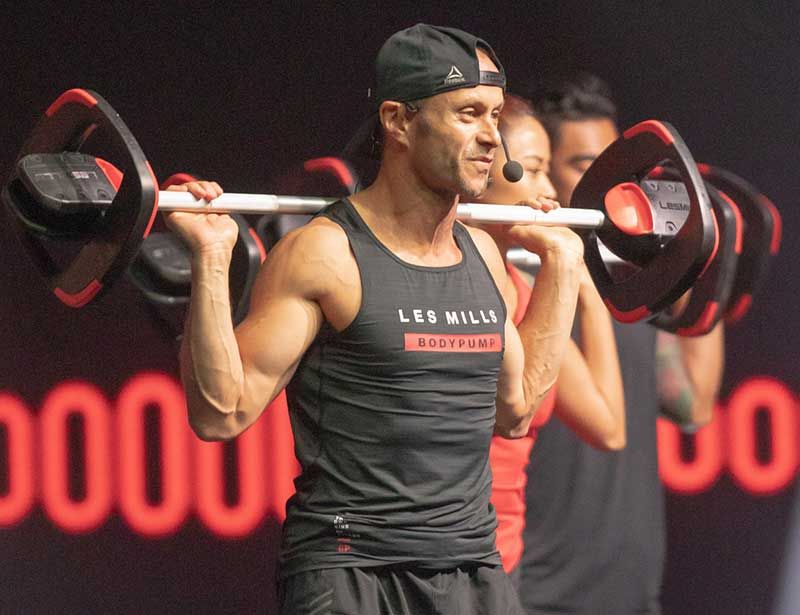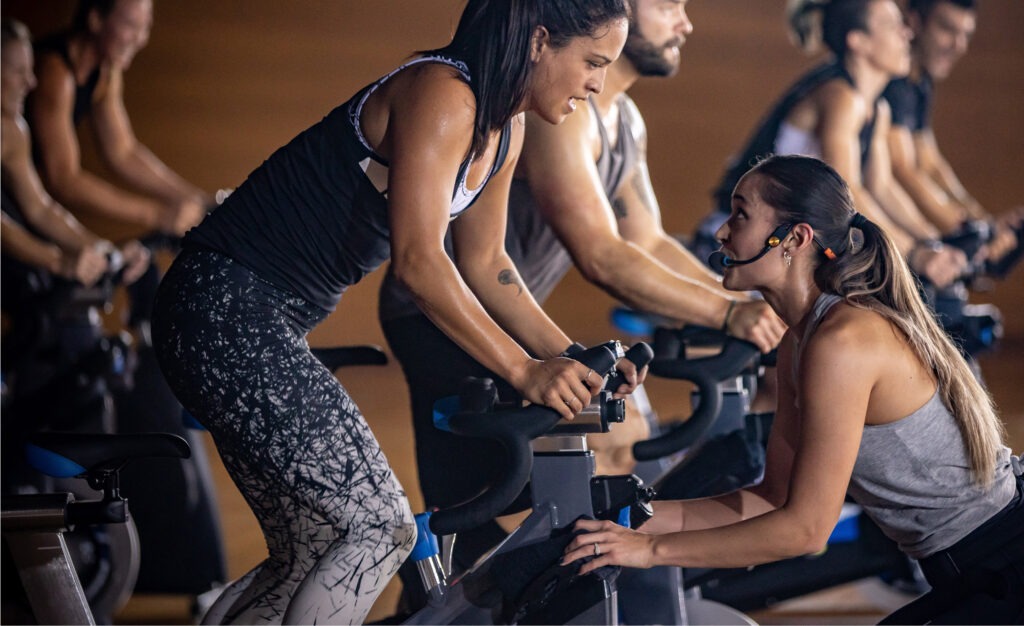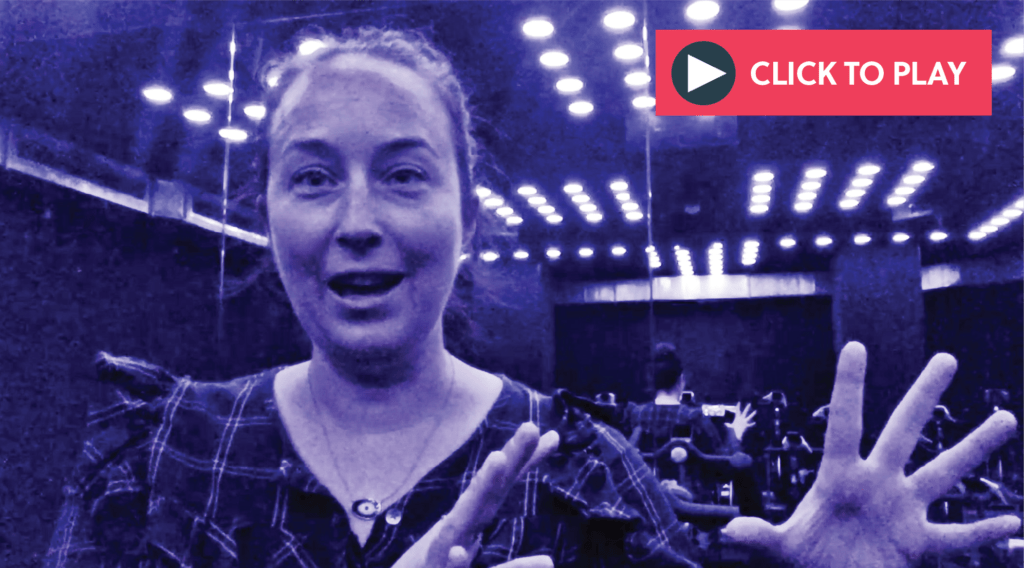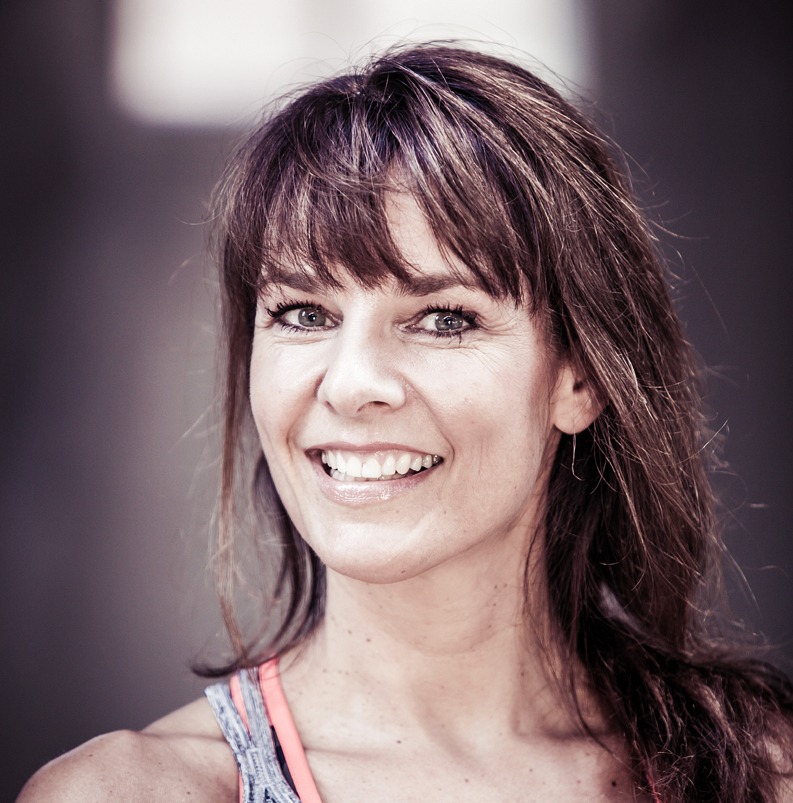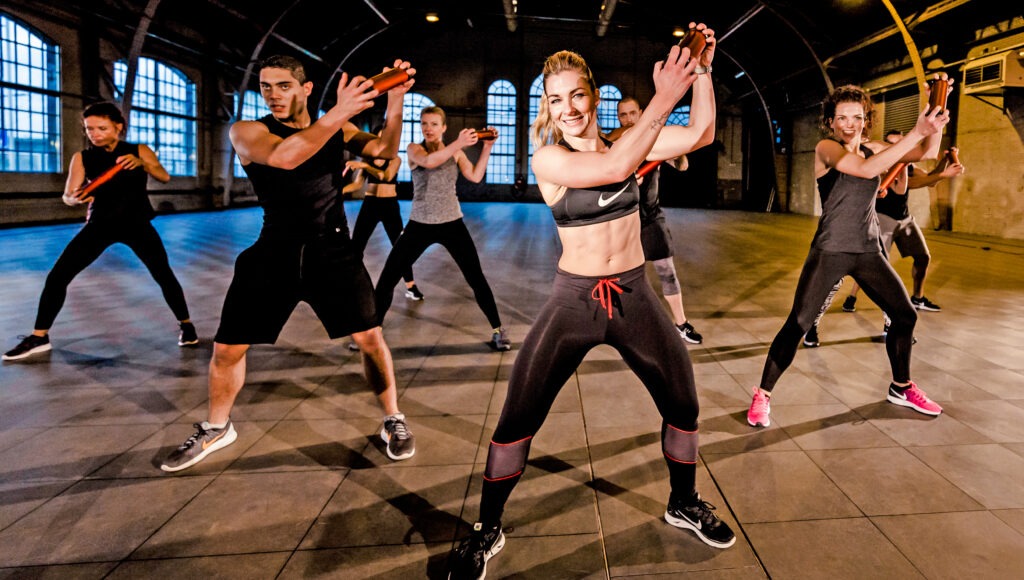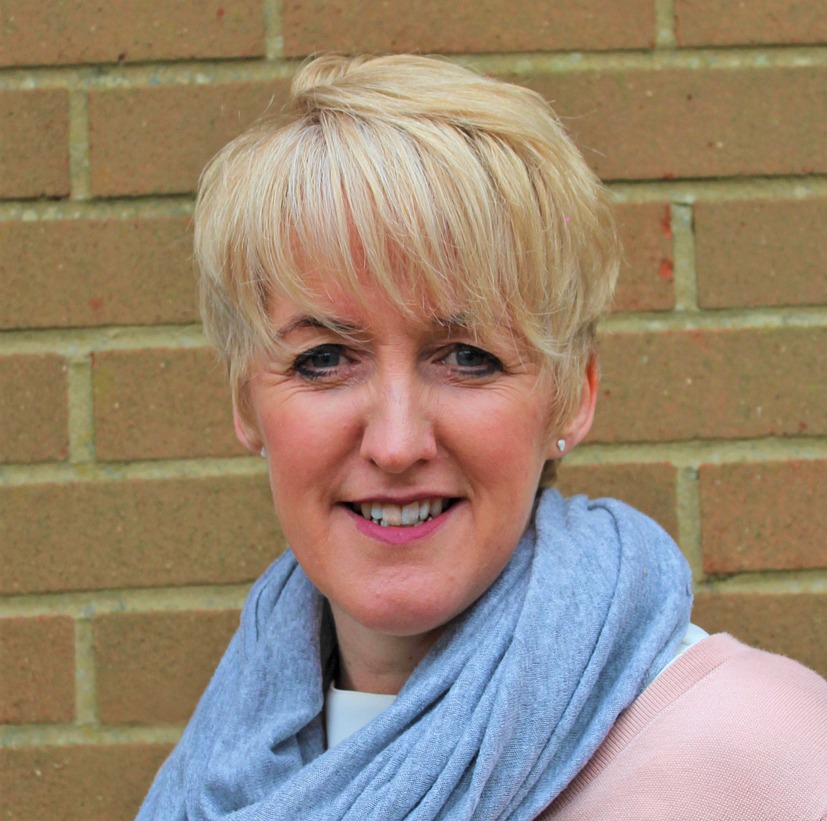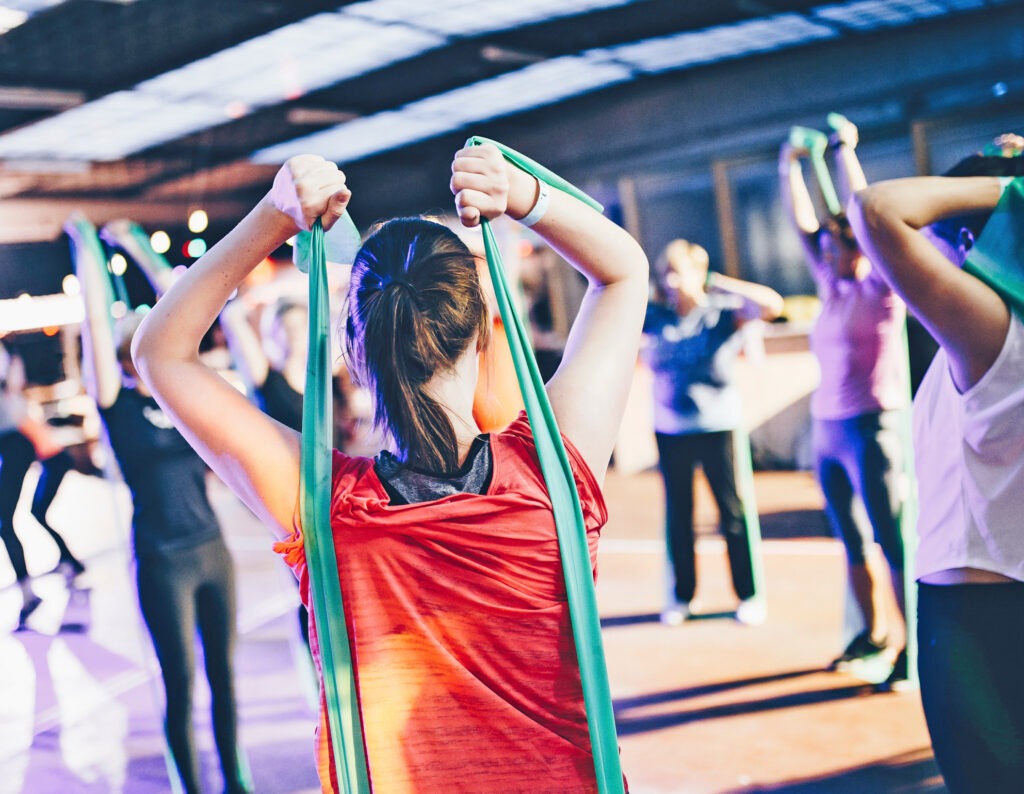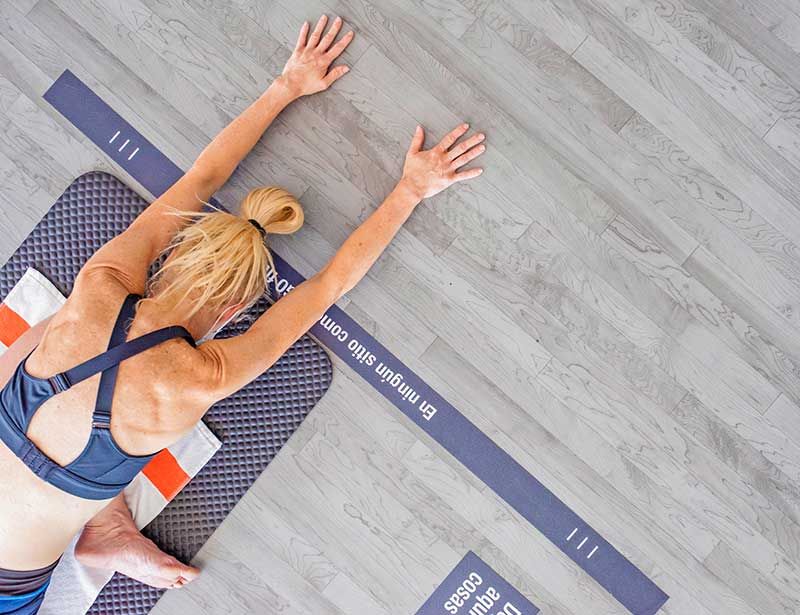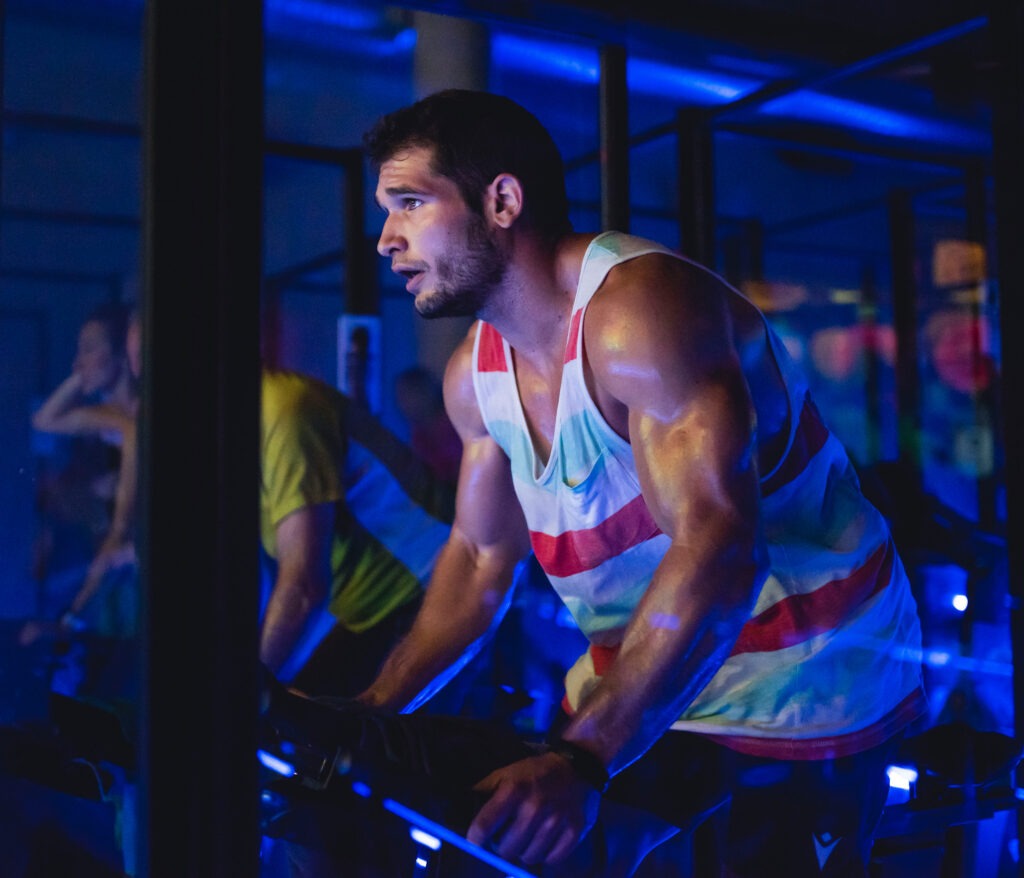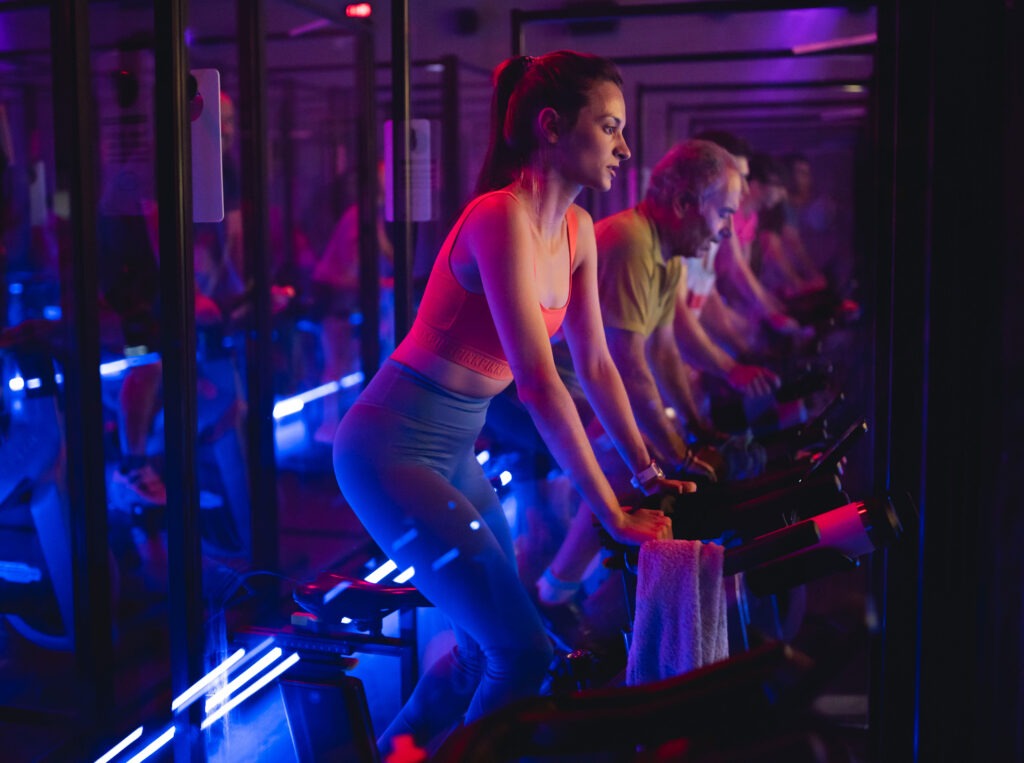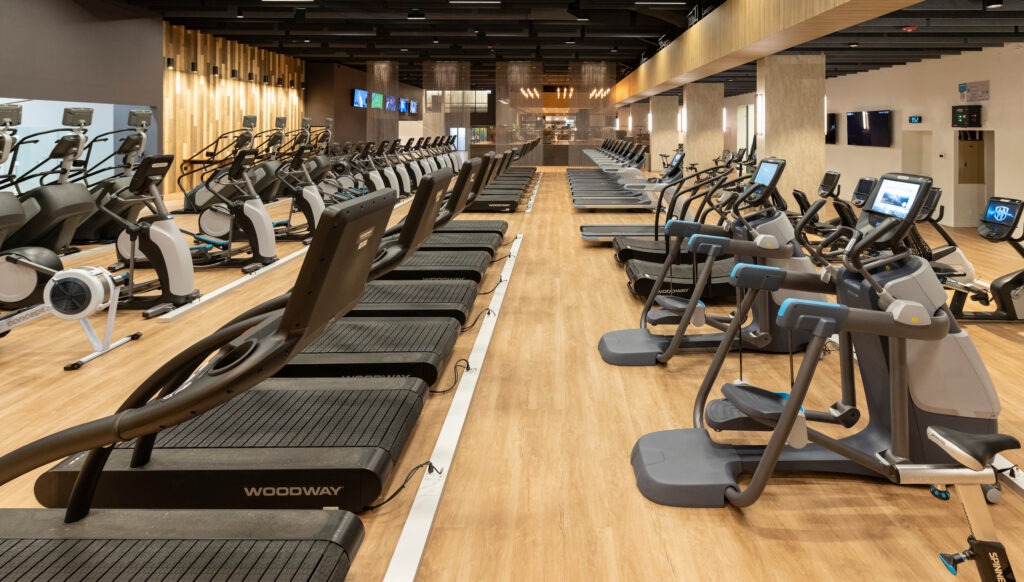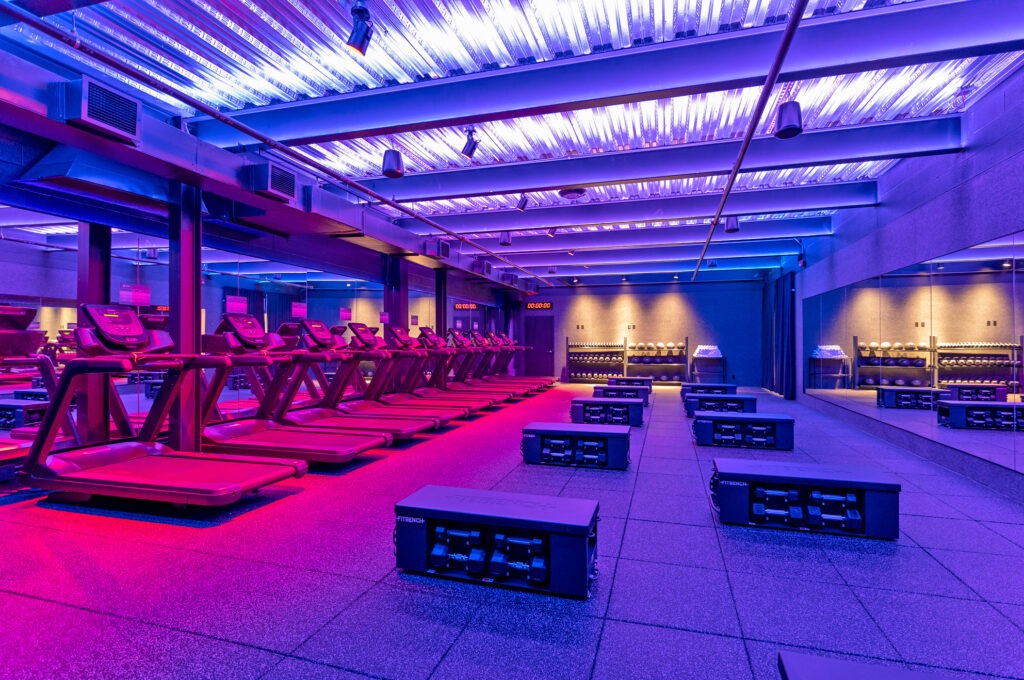Align Your Stars
Over the past two years, our sector has been transformed. The hastily executed online pivot of March 2020 has been refined and embedded in our norm, accelerating us into a hybrid era that’s been brought forward perhaps five years for operators across the world.
That much has already been extensively talked about, of course. But what comes next is vital: ensuring clubs are delivering a true hybrid experience, not merely ticking the box of hybrid technology.
As the buzzword becomes ‘omnichannel’, operators should be under no illusion that digital can be a mere add-on. Moving forward, equal importance must be given to digital and in-person, ensuring the same user experience is delivered whatever the point of entry.
And when I say the same, I mean exactly the same. Every customer will use multiple touchpoints and expect to dive straight in to a familiar experience each time.
Clubs must therefore learn to view everything they do as one big customer-centric experience – and I believe this experience has to be led by content.
Content is the element of a health club offering that can transcend all boundaries. Where equipment is to a large extent anchored in a physical club, content is replicable on any channel: in-club, online, through an app, smart TV, smart mirror or other smart device.
“Every customer will use multiple touchpoints and expect to dive straight in to a familiar experience each time”
Content also happens to be what today’s fitness consumer – now well-accustomed to working out with on-screen trainers – seeks inside your facility and out.
Content creation is therefore no longer an adjunct to the business of running a club. It is the very cornerstone of hybrid success, underpinning omnichannel delivery of your club experience.
People power
Content is also where the money now is, so it’s hardly surprising that everyone from celebrities to media networks seems hell-bent on becoming a fitness content provider these days. Yet clubs still have a major USP: their in-house superstars.
Group exercise instructors have been key to member loyalty for decades, renowned for building communities of enthusiastic followers, but they’ve become even stronger during lockdown as their personalities, programmes and friendly faces reached beyond club walls and made us all feel better during the pandemic.
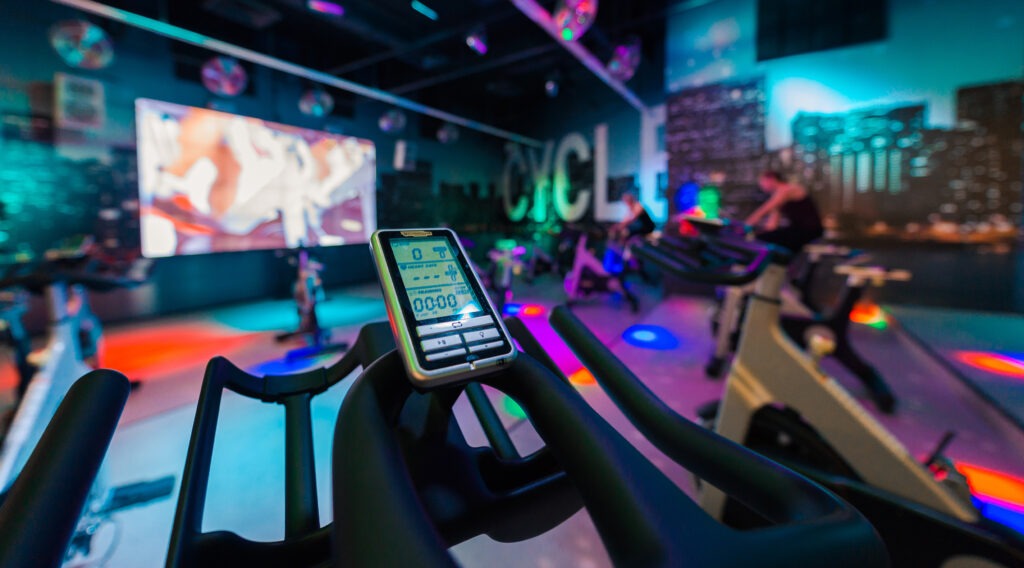
Clubs must recognise the power their instructors and trainers now hold. They are the content creators. They are the face of your brand in the digital arena. They are also the faces your members know and the people who, as channels to market proliferate, have the power to reach huge audiences.
If you’re looking for an advantage over the big digital players and the global fitness influencers who try and seduce your members away with their ‘three months for free’ offers and their Hollywood eyes, this – your team of local rockstars, whose relationships with members weld them to your brand – is it.
It therefore goes without saying that every club operator should be maximising opportunities to put their in-house superstars in front of customers, both on-site and at-home – and that means creating digital content fronted by them.
Of course, most clubs already did this during lockdown, but it was a kneejerk response to unforeseeable circumstances, with content often shared for free on third-party platforms. Moving forward, what’s needed is a sustainable strategy for the production of ownable, brand-enhancing, monetisable, local superstar-led digital content.
“Our data shows that the more fresh content you create, the more forgiving members are on quality”
A case in point
Why bother? Let’s take a look at Asia Pacific’s Evolution Wellness, which launched its web-based content platform – Virtual Studio – in partnership with Wexer in July 2021.
Fast-forward to January 2022 and our analysis of usage data to identify the most popular classes from Wexer’s global content library. To that analysis, we then added the content from Fitness First and Celebrity Fitness – two of Evolution’s brands in south-east Asia – and found that Evolution Wellness had 13 classes in the top 50 most viewed when aggregated across all our clients.
Clubs’ own content can be a huge usage driver, and in turn a major loyalty tool: the variety of Wexer’s global content library is what draws people to on-demand in the first place, but the locally-produced content plays a major role in keeping them there.
Self-produced content can also be a significant revenue driver. Recent Credit Suisse research found that 52 per cent of club members would be happy to pay for a digital tier to their membership, and our data backs this up: Evolution Wellness is projecting US$500,000 in Virtual Studio revenues for year one alone, all from existing members, with the lucrative prospect of non-geographically limited audiences as yet untapped.
Make the most of what you do
Producing digital content doesn’t have to be hard, either. Start by looking at your live timetable. Where are your superstars? Which are your waitlisted classes?
Maximise reach and ROI of these classes by installing a simple camera set-up in-studio and filming them; you’ll quickly compile a rich library of your own superstar-led content that can then be made available on-demand via your app, website, members’ smart TVs, even on the big screen of your in-club virtual studio.
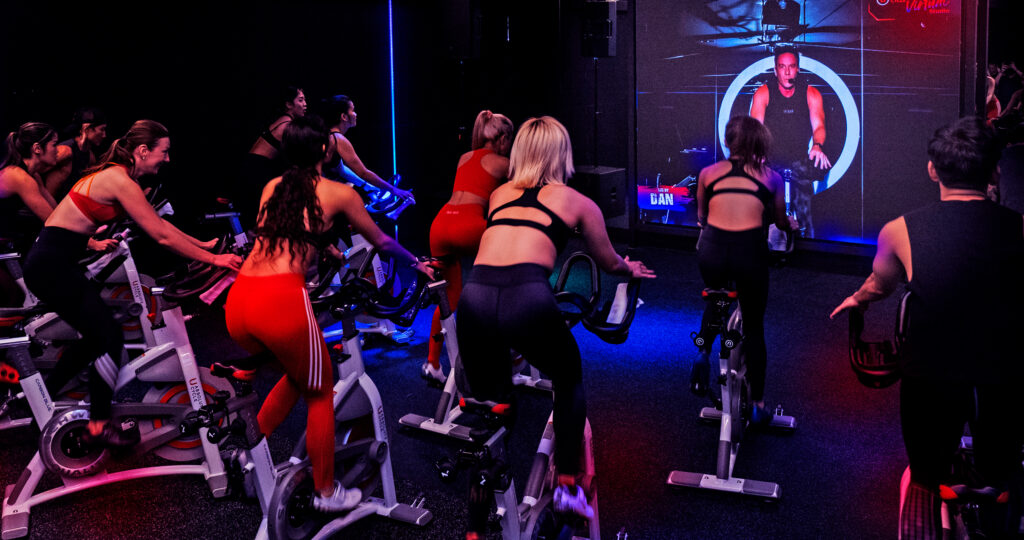
It doesn’t even have to be beautifully produced. Our data shows that the more fresh content you create, the more forgiving members are on quality: four pieces a day and it needs to look pretty slick, but get closer to eight pieces a day and it really is fine filmed as a fly on the wall of the live class studio.
Indeed, unless you’re a large multi-site operation with the budget to build and run specialist digital production studios, our advice is that you focus on getting the most out of everything you already do – all that incredible content you’re already producing – by filming it and making it accessible via multiple platforms, both digital and physical.
This, really, is the vital mindset shift. You need to see all your content as, well… content. Don’t mentally place in-person content and digital content in different boxes. Live in-person classes and workouts, live-streamed and on-demand sessions with your in-house stars, on-demand content from third-party providers to ensure strength in depth.… It’s all simply content that pours into one central repository, from which your members can pull the experience(s) they want via whichever touchpoint they choose – whatever channel works for them that day.
“Hybrid isn’t just a project. It’s a new model in which digital is a key business division that must be resourced”
I’m not going to turn this into a big Wexer pitch, so all I’ll say for now is this: all it really takes is a shift in focus and a sprinkle of technology. All of the above can be achieved with our ecosystem of white labelled digital solutions. Please get in touch if you’d like to discuss the Wexer API, SDK, App, Web Player or in-club Wexer Virtual; whatever point you’ve reached in your process of digital transformation, we can help you start or continue your journey.
Create a win-win
Of course, your content creators could feasibly go online themselves, independently of your club; there are influencers out there making millions. But your in-house stars are unlikely to have the database, nor necessarily the business skillset to build one. They have the talent and the mass appeal, but not the platform.
Meanwhile, your club has the audience – your database of members – and the pressing need to become omnichannel to better serve that audience.
Which is, of course, where it all aligns perfectly, with money to be made all round – provided you create a win-win scenario for both club and superstar.
To keep your content creators contributing to your brand rather than their own, you must find ways to incentivise and reward them for the incredible contribution they make to your now omnichannel business. We have a number of clients who pay their stars more for content that drives high usage, for example.
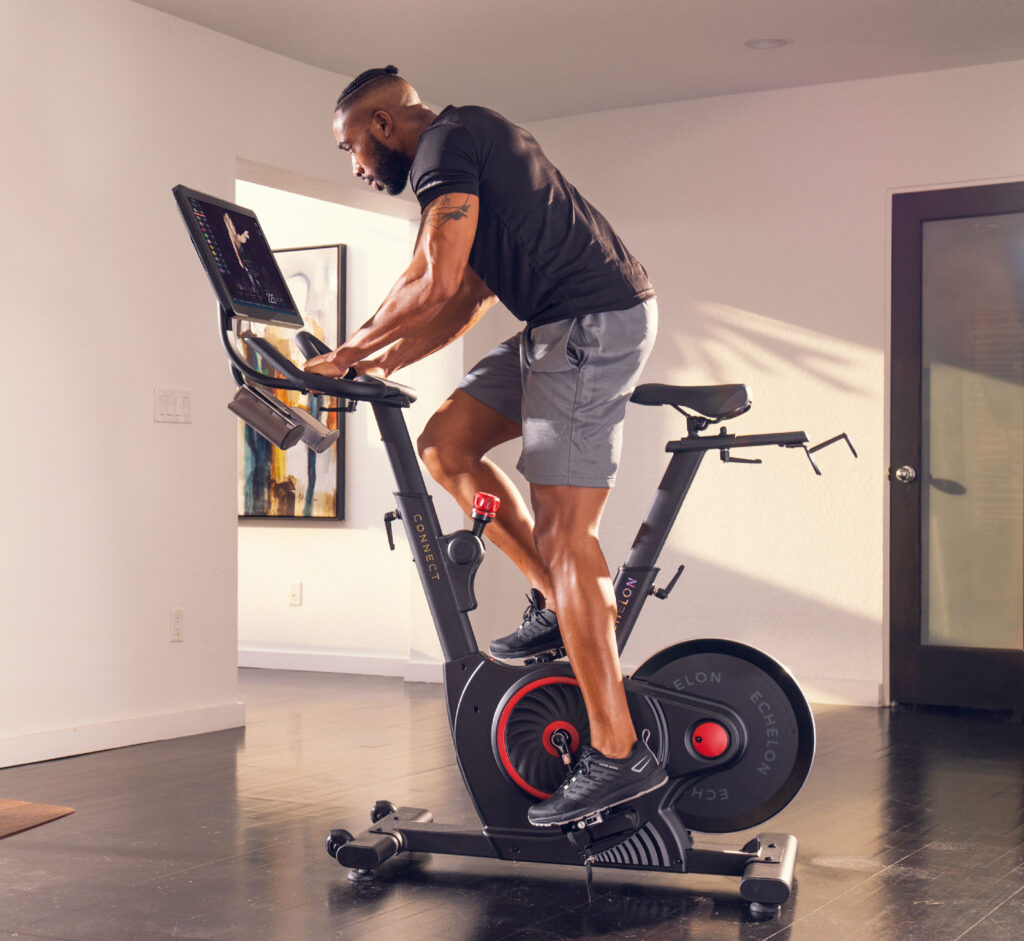
Nurture your talent, too, encouraging them to rise into the starring role you and your members need them to occupy. Empower and incentivise them to promote the content they create with you among their followers; when content is your product, you sell your talent and your talent in turn sells you. Help them grow their profile at the same time as rewarding them for their role in your success, to ensure their ongoing loyalty to your brand even as their reach and appeal grows.
In short, recognise that their success is your success, but work hard to ensure they know the flip side is also true: that they will do better with you than on their own. As usage and revenue rises, your operation will have more to invest in content, meaning superstars continue to grow… and so the virtuous circle goes on.
Yet underpinning this is a simple but vital secret: you have to fully commit. Hybrid isn’t just a project. It’s a new model in which digital is a key business division – one that must be resourced and prioritised.
Indoor cycling in a content-led world
“Virtual classes have long been used to meet off-peak demand and reduce downtime in studios. Indoor cycling is no exception – and with Wexer technology now allowing clubs to stream their own self-produced content onto the big screens of their virtual studios, operators have a chance to create a real buzz around their group cycle offering,” says Bowman.
“The first step is upping the ante on your live classes to make each of them a truly special event that members waitlist to be a part of. You want every live cycling class to be packed, so you might even consider reducing the number of live classes.
“Then put a basic camera set-up in your group cycle studio and record all these incredible live classes, capturing the energy of the room as well as the carefully selected rockstar instructor.
Once recorded, this content can be scheduled to run in any slots that used to be live instructor-led, as well as being made available on-demand the rest of the time. Your own signature ‘wow factor’ cycle classes are suddenly available whenever members come into the club.
“And of course, use of this on-demand content isn’t limited to your cycle studio. The number of people who now have a cycling option at home amazes me; we’re putting more indoor cycling content onto our Mobile platform to meet demand, with cycling already accounting for around 8 per cent of class views. When you consider the equipment requirement and the 1,500 different classes available in our Mobile library, that’s pretty impressive.
“As a club, there’s great value to be had in creating your own indoor cycling content.”

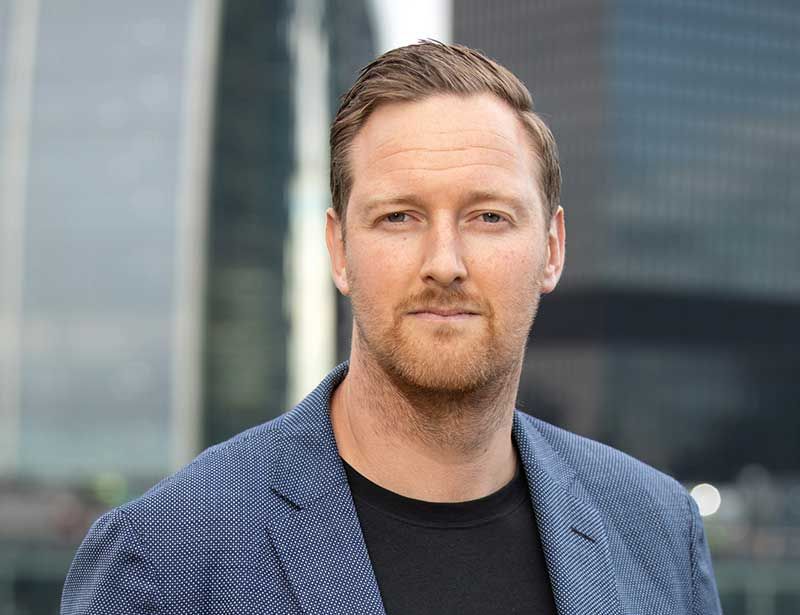

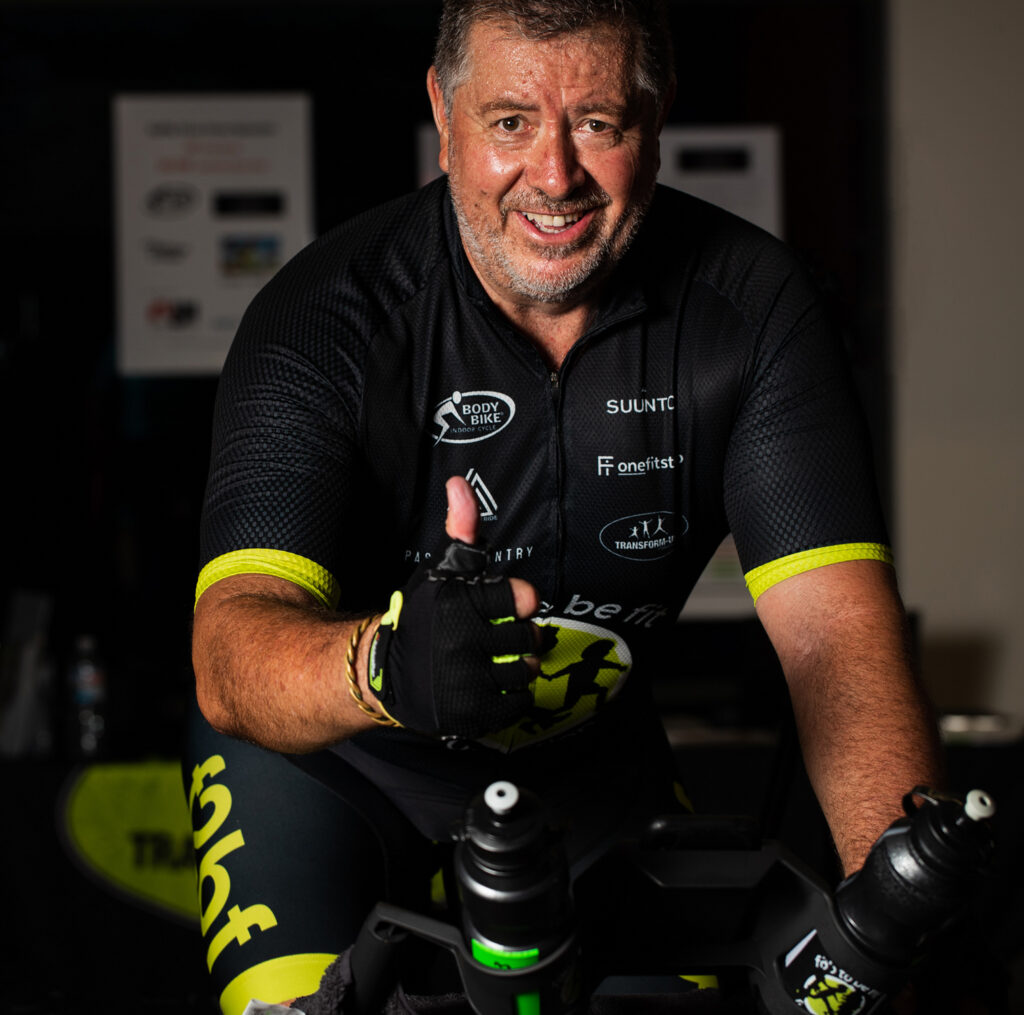
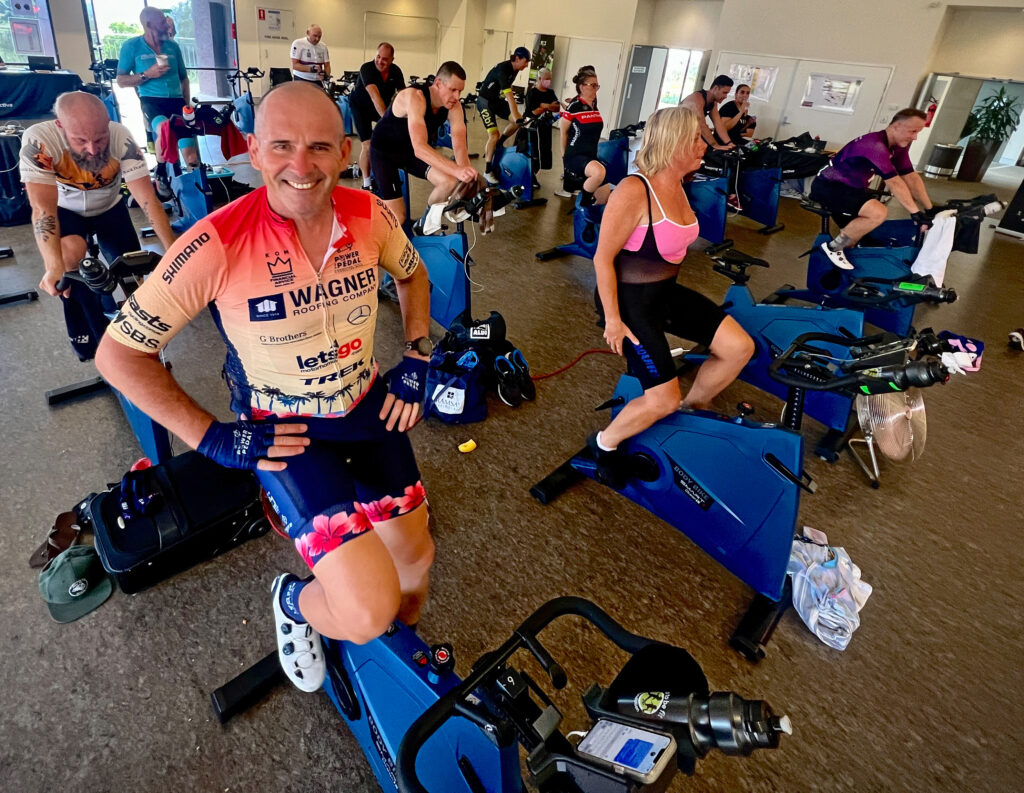
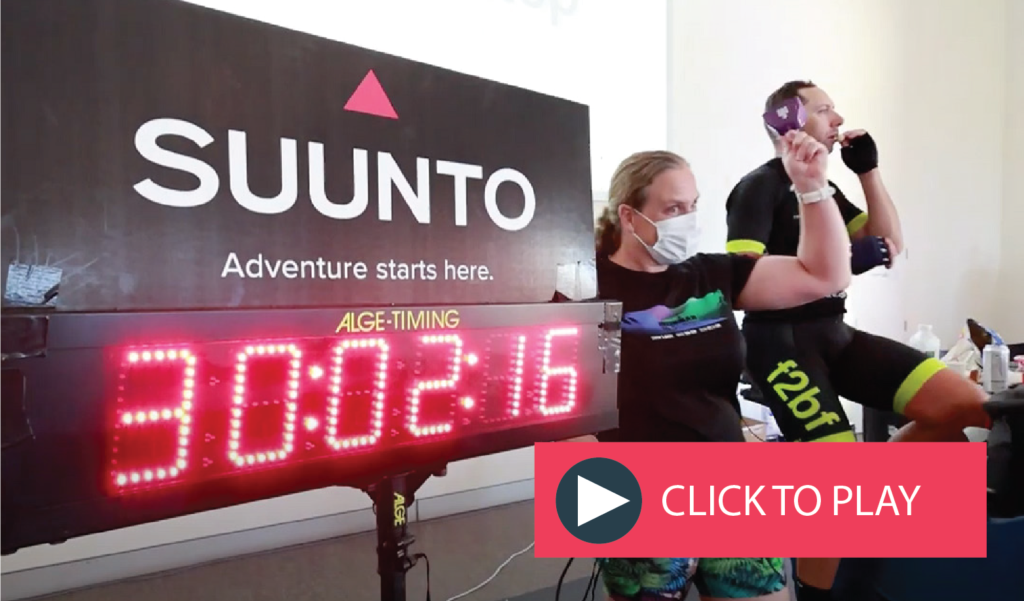
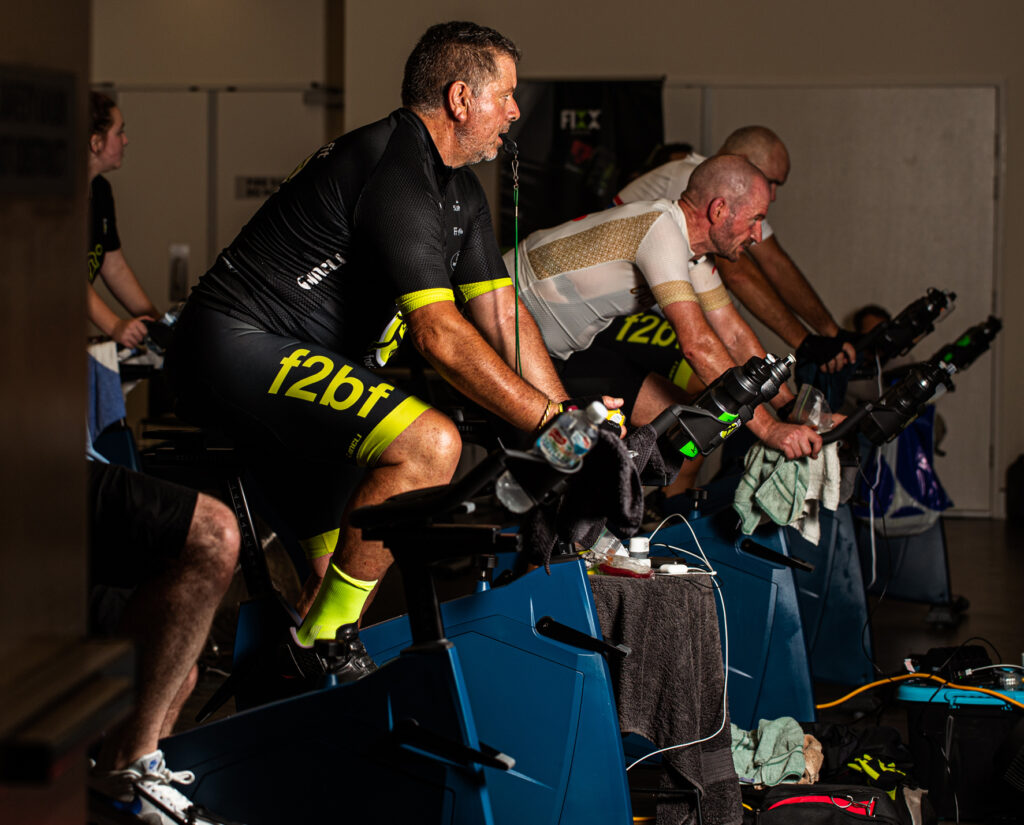
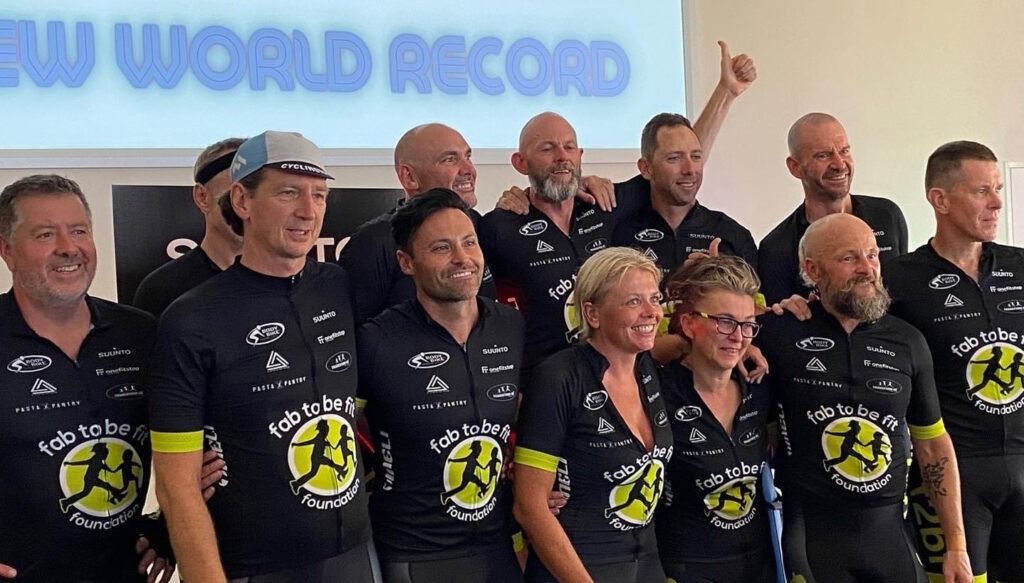
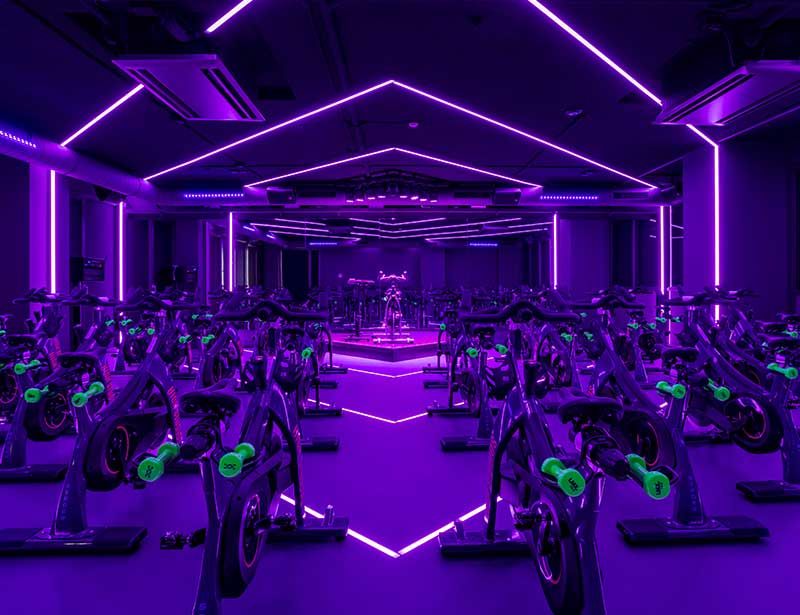
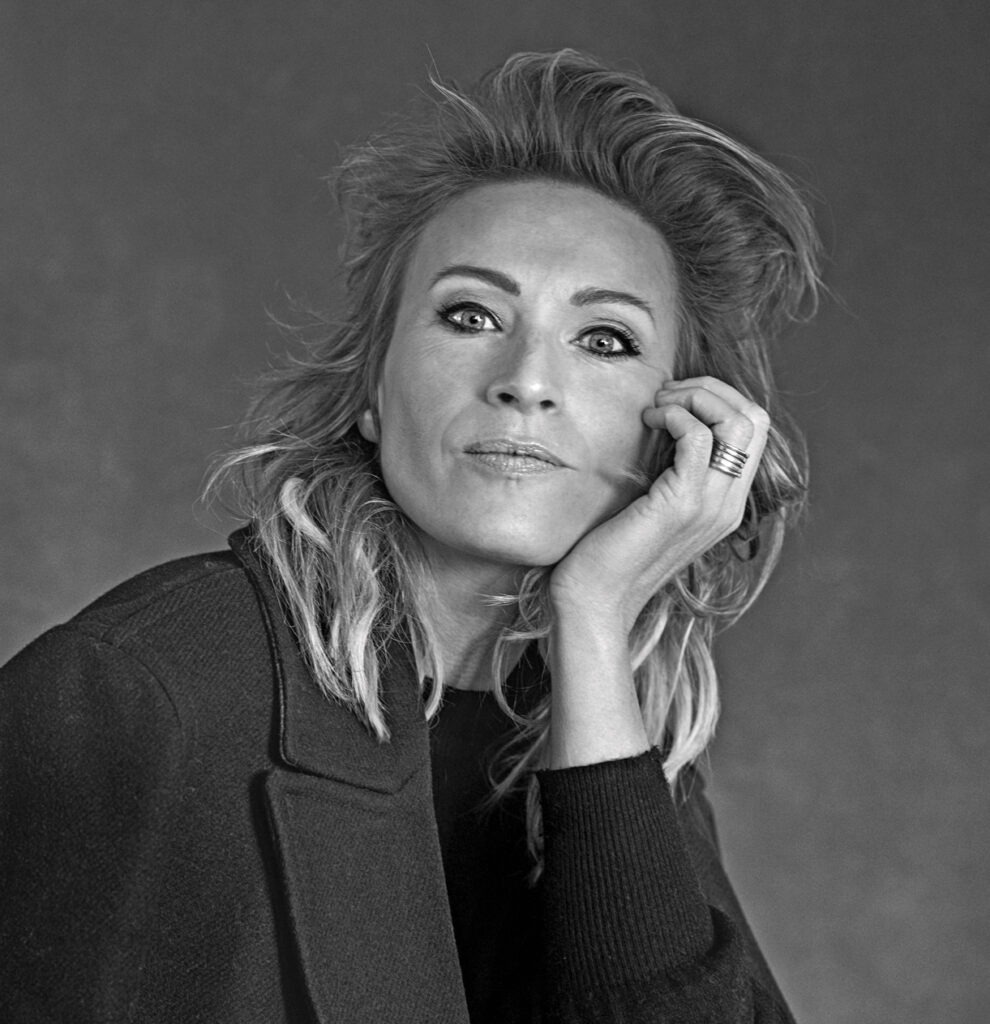
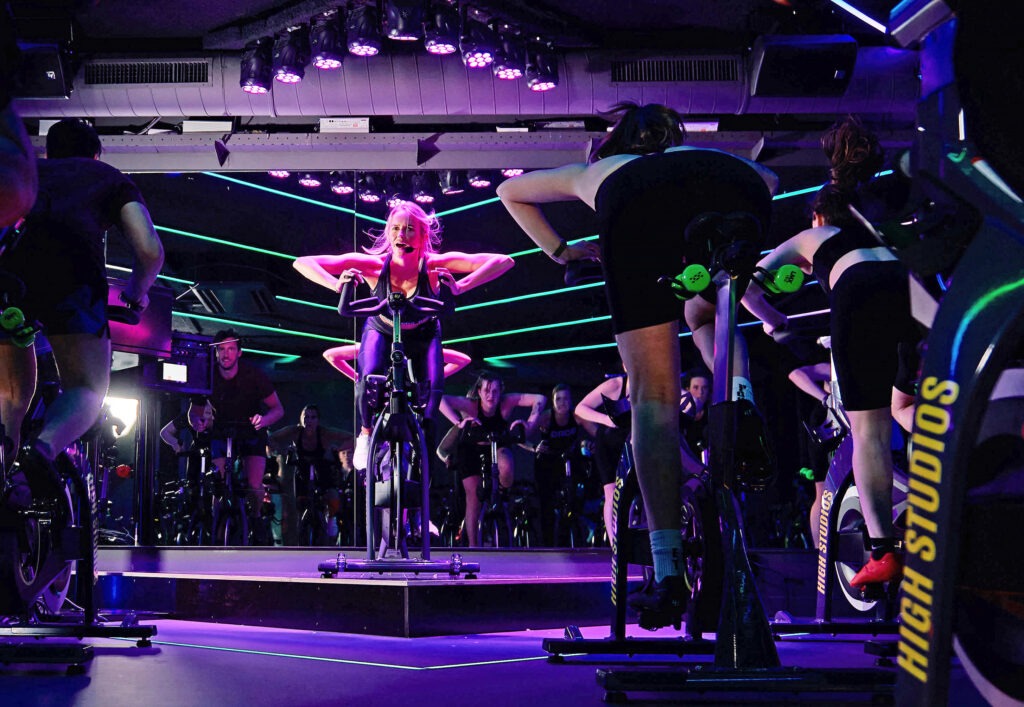
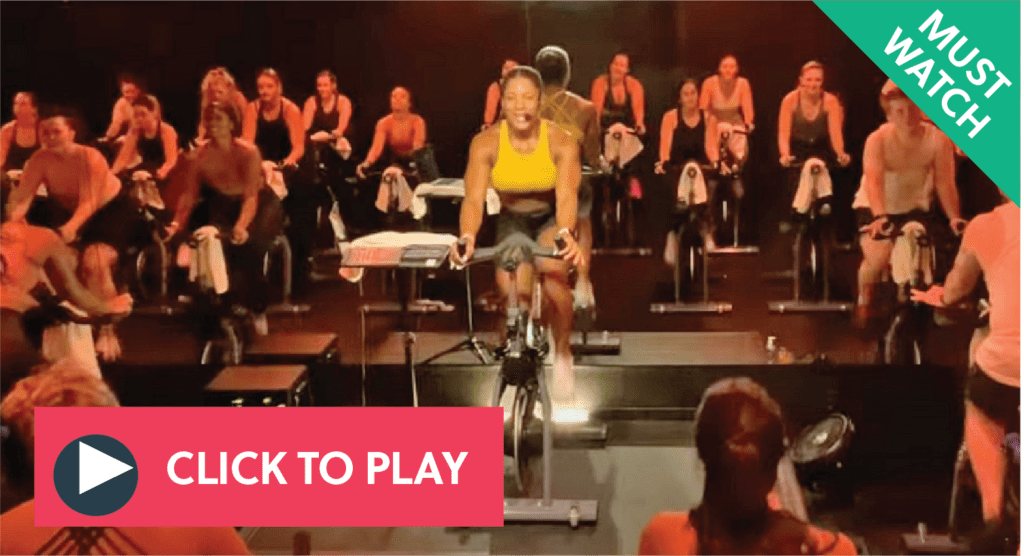
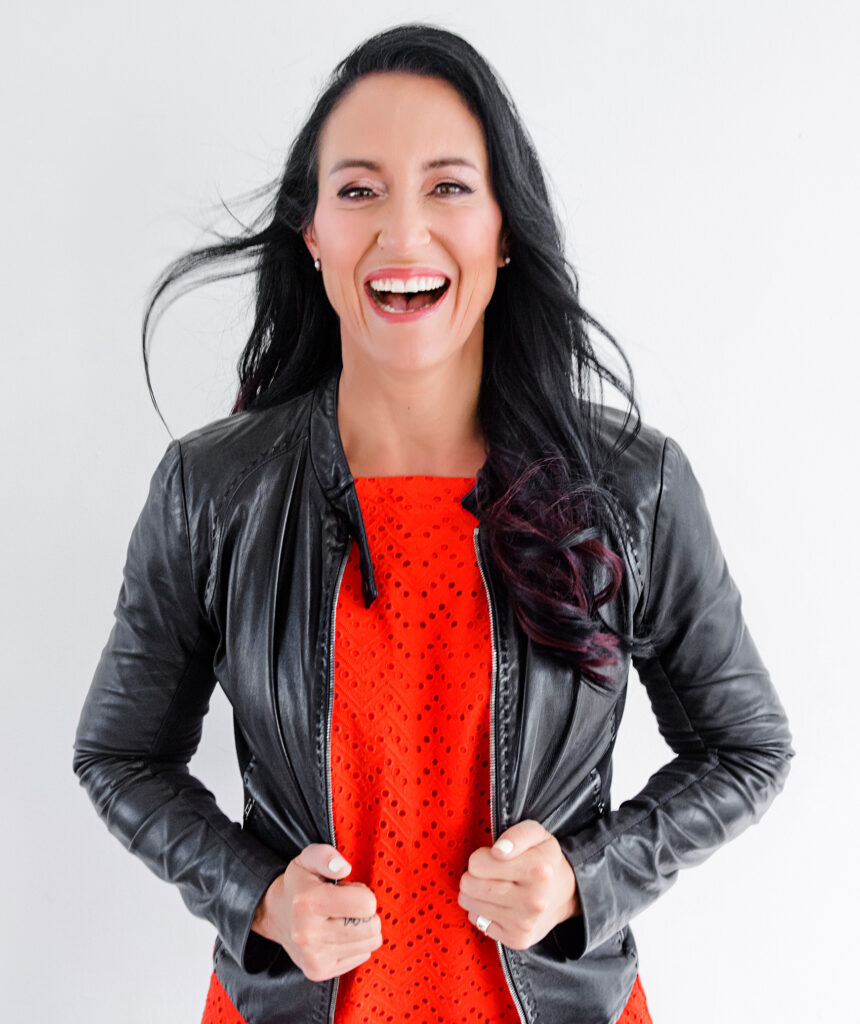
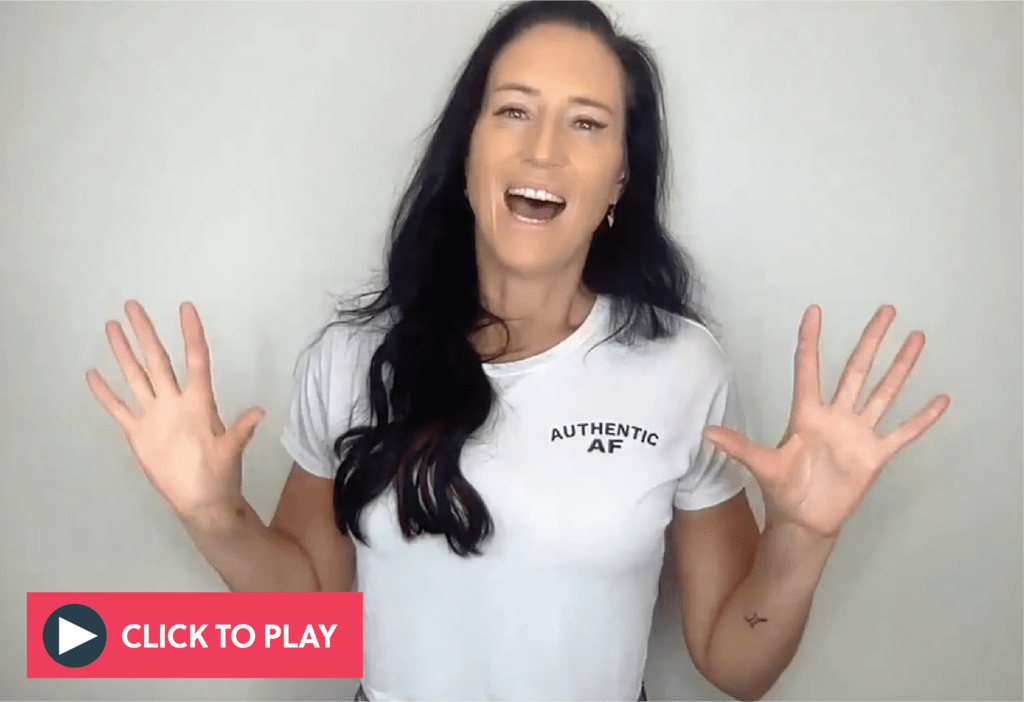

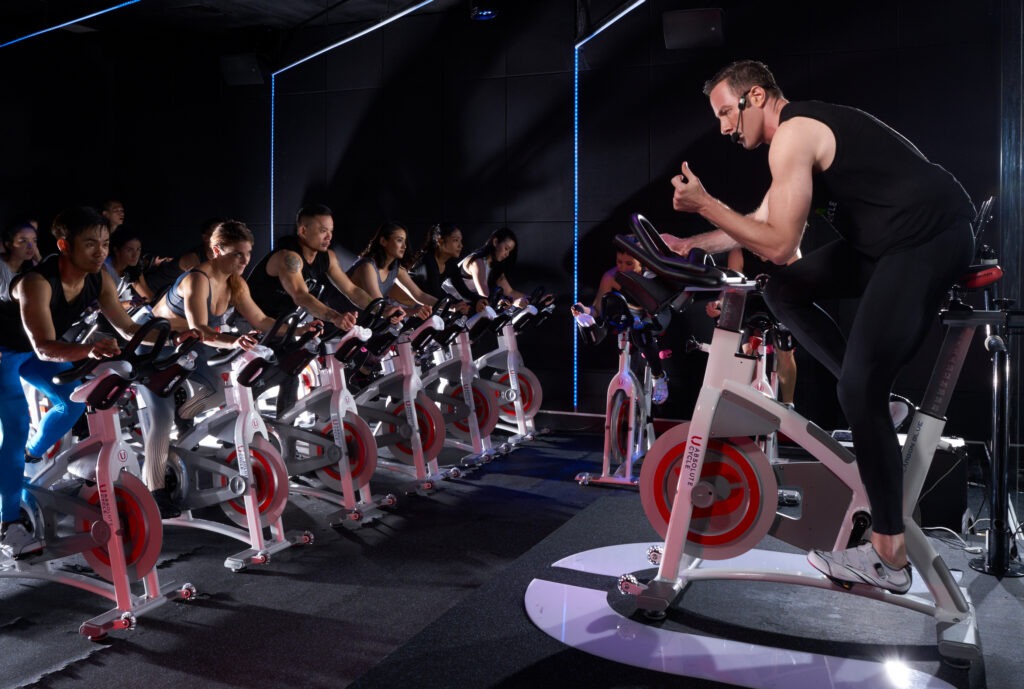
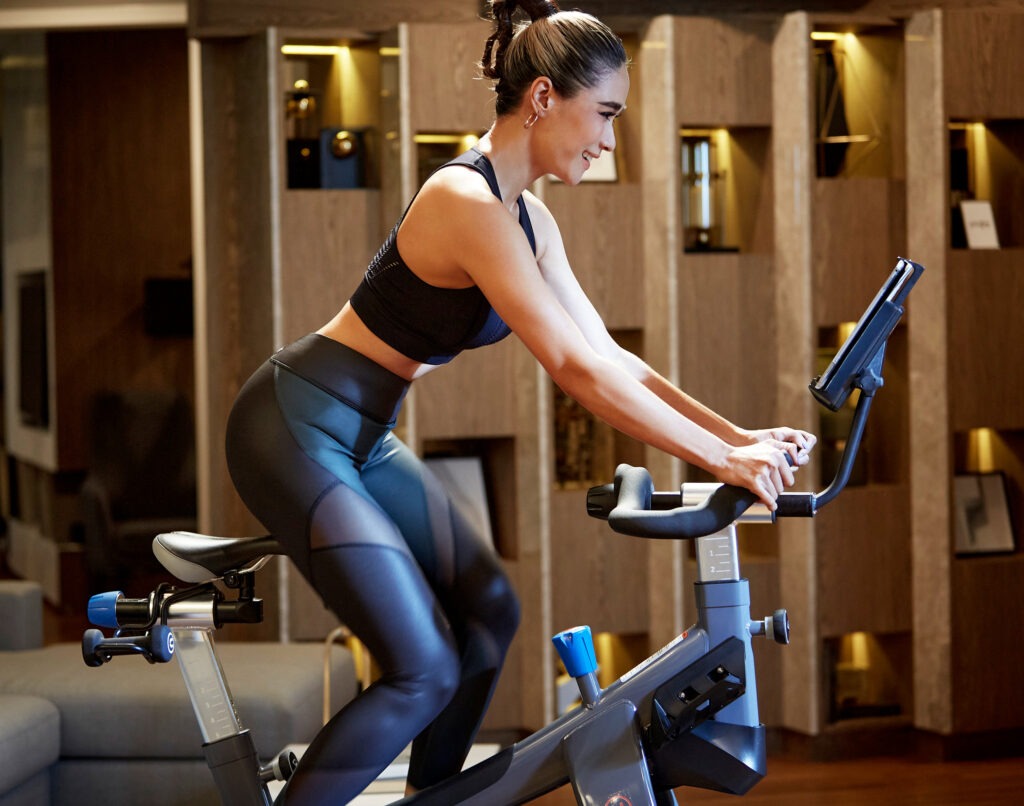
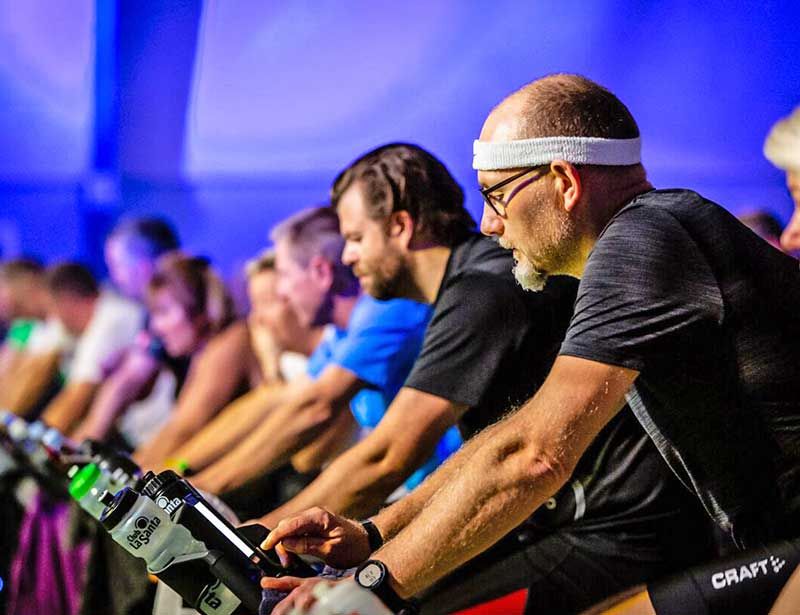
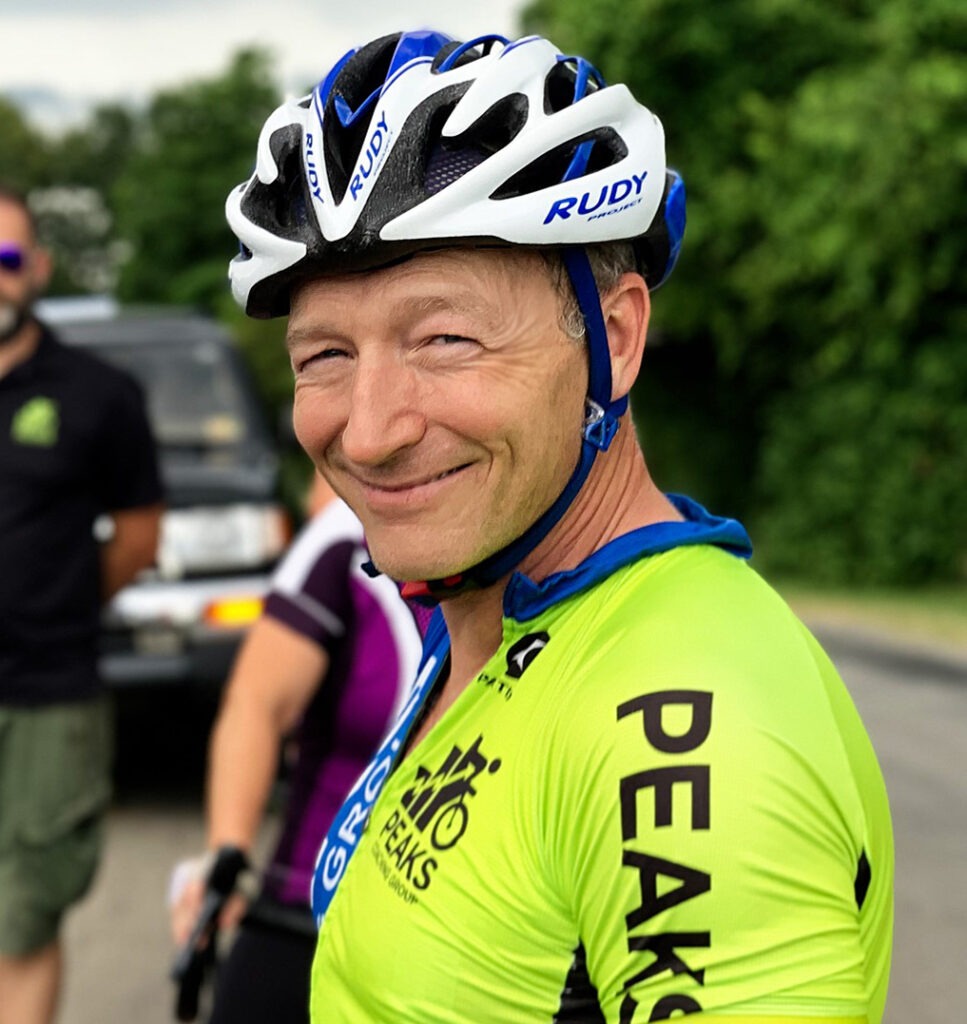
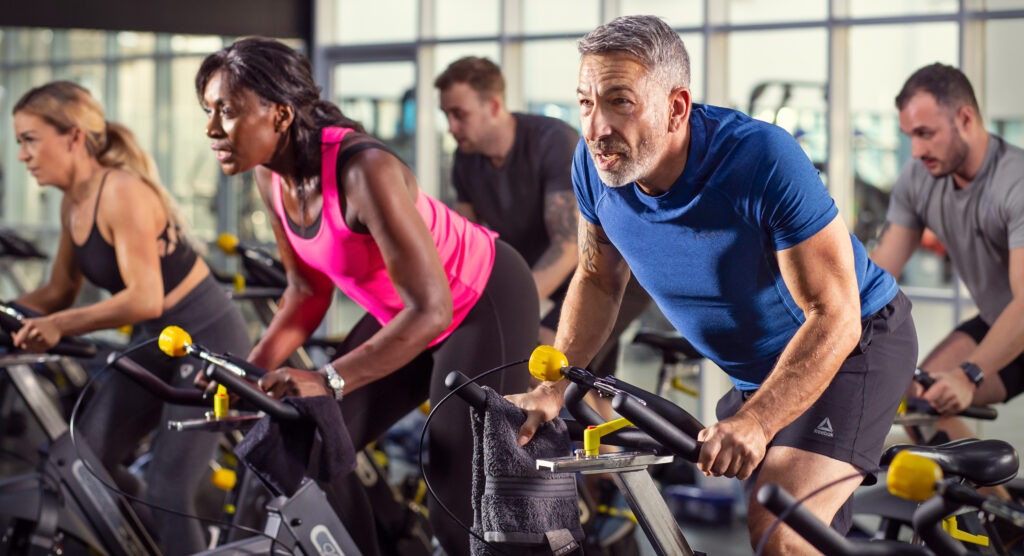
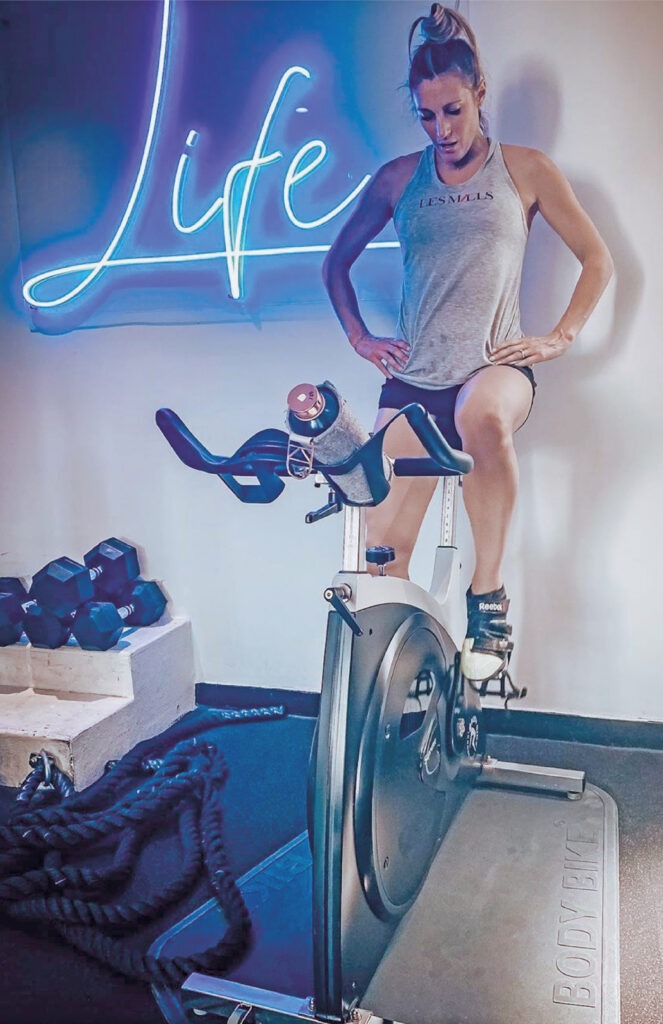
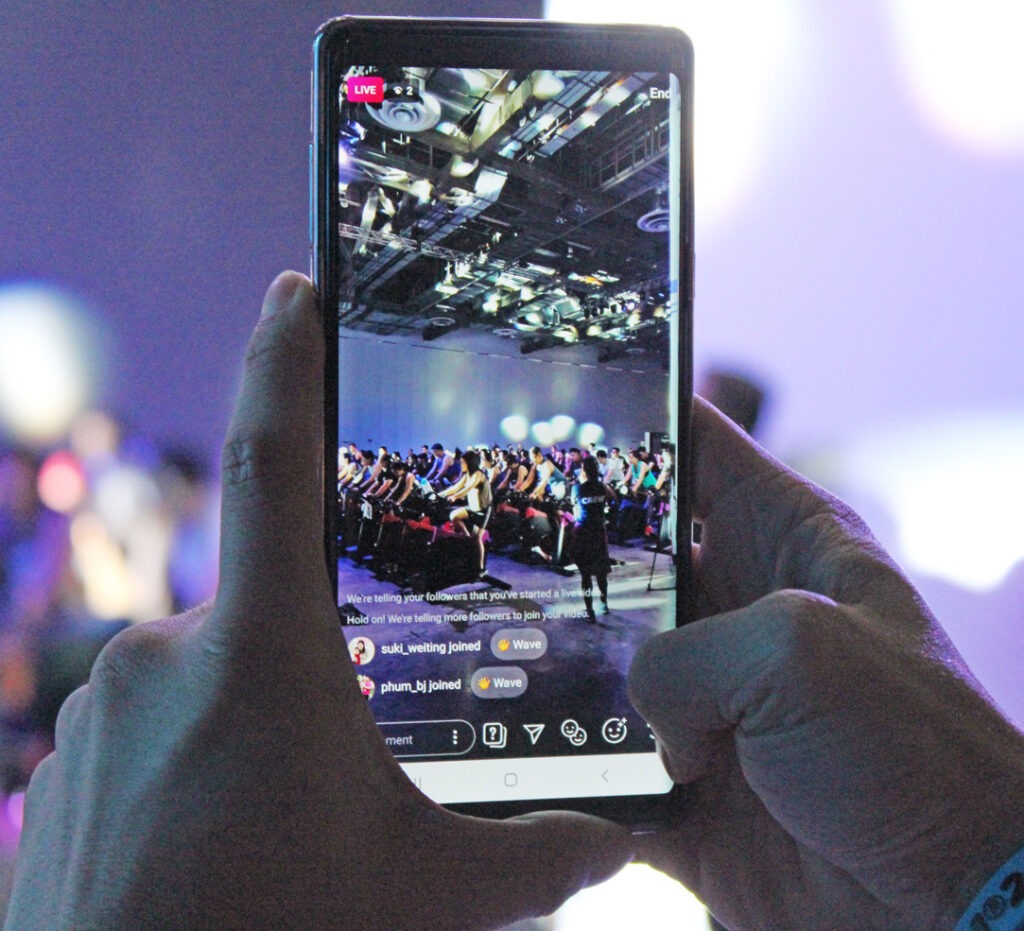
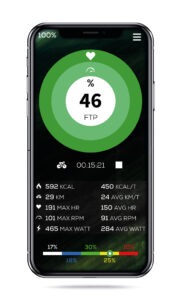 BODY BIKE Smart+ goes a step further. Believing that exercisers should have clear ownership of their personal data, and that operators should have future-proofed bikes, BODY BIKE got rid of integrated consoles around five years ago. In their place, an app that links seamlessly to any BODY BIKE Smart+ bike, transforming exercisers’ phones into portable consoles that can be upgraded with each app update, and that let exercisers carry their data with them.
BODY BIKE Smart+ goes a step further. Believing that exercisers should have clear ownership of their personal data, and that operators should have future-proofed bikes, BODY BIKE got rid of integrated consoles around five years ago. In their place, an app that links seamlessly to any BODY BIKE Smart+ bike, transforming exercisers’ phones into portable consoles that can be upgraded with each app update, and that let exercisers carry their data with them.
